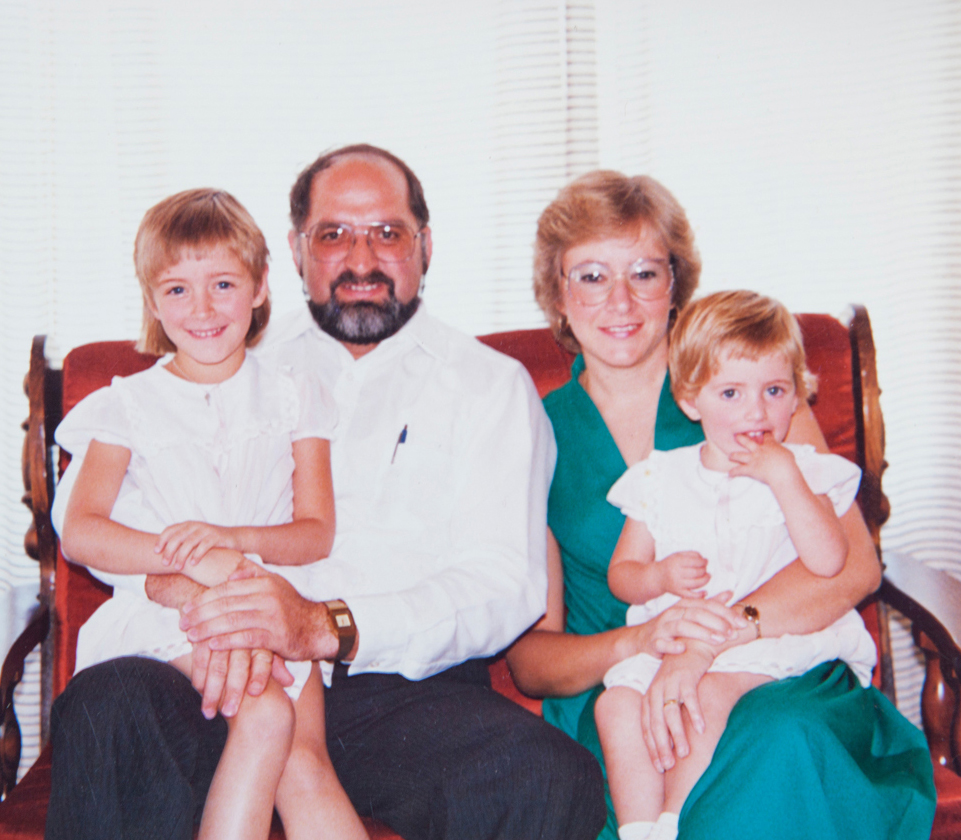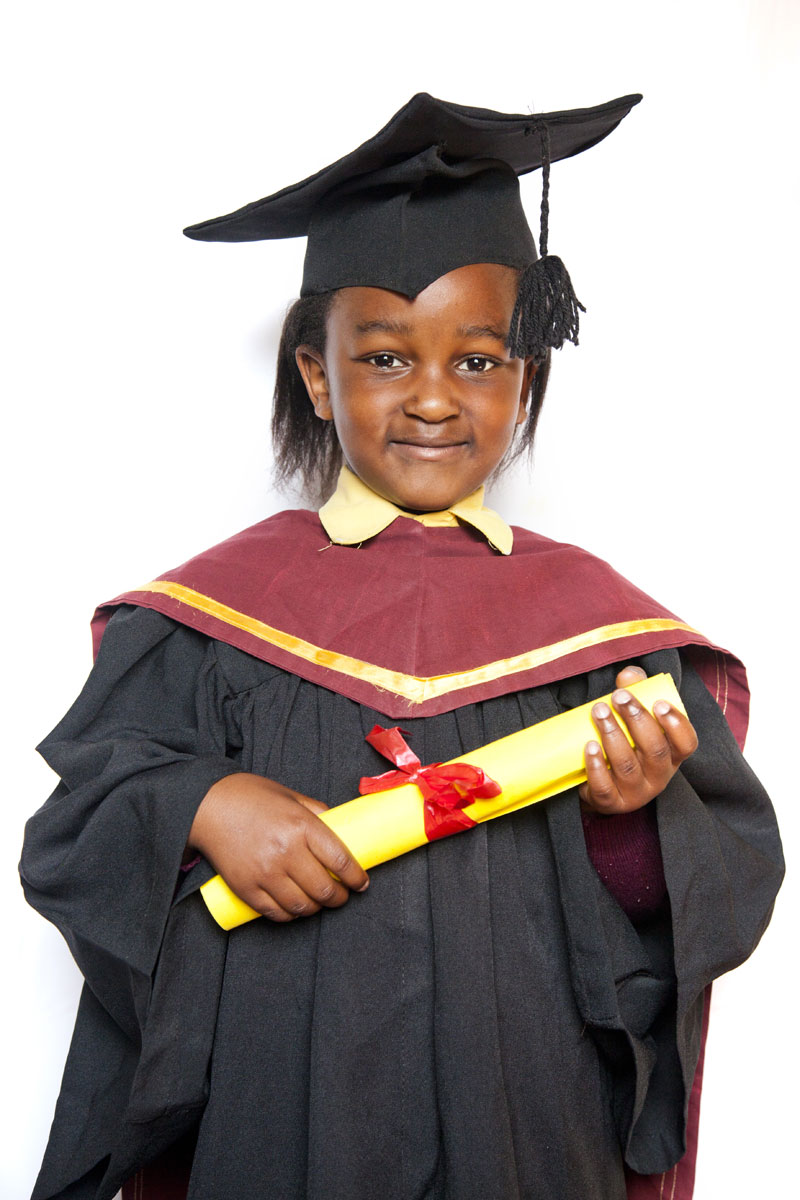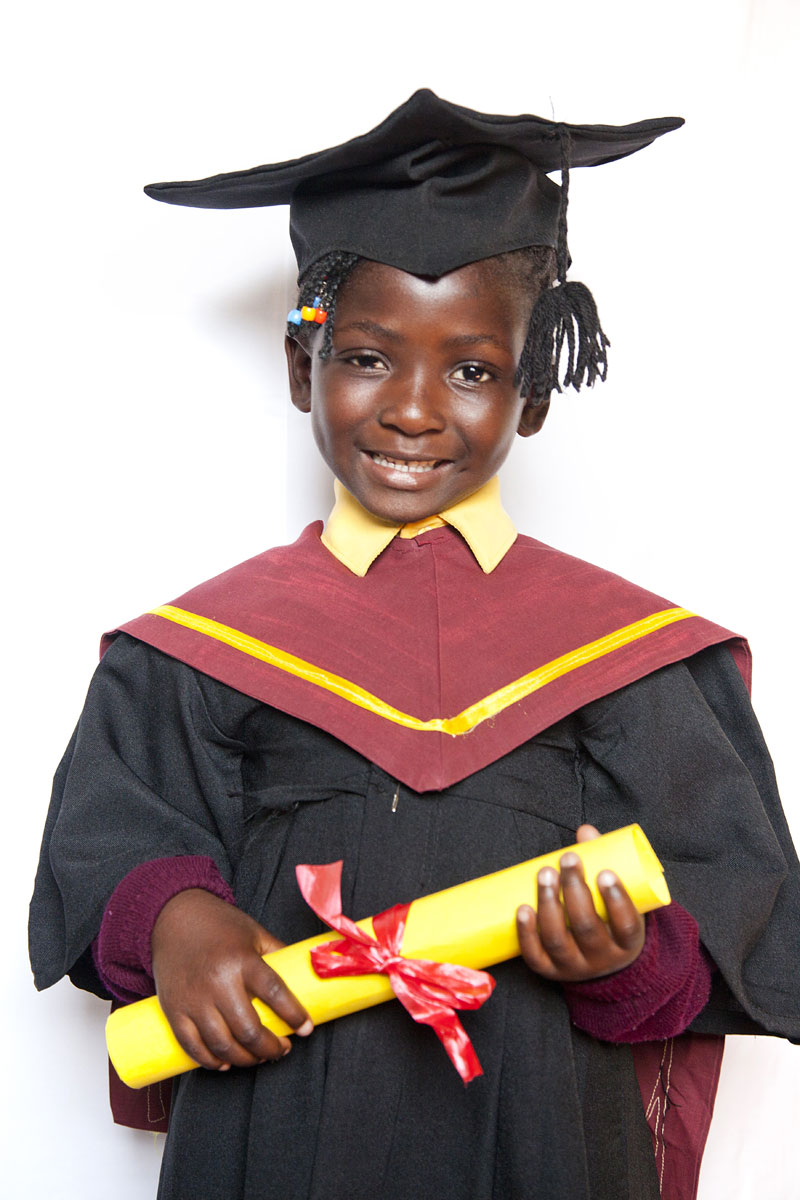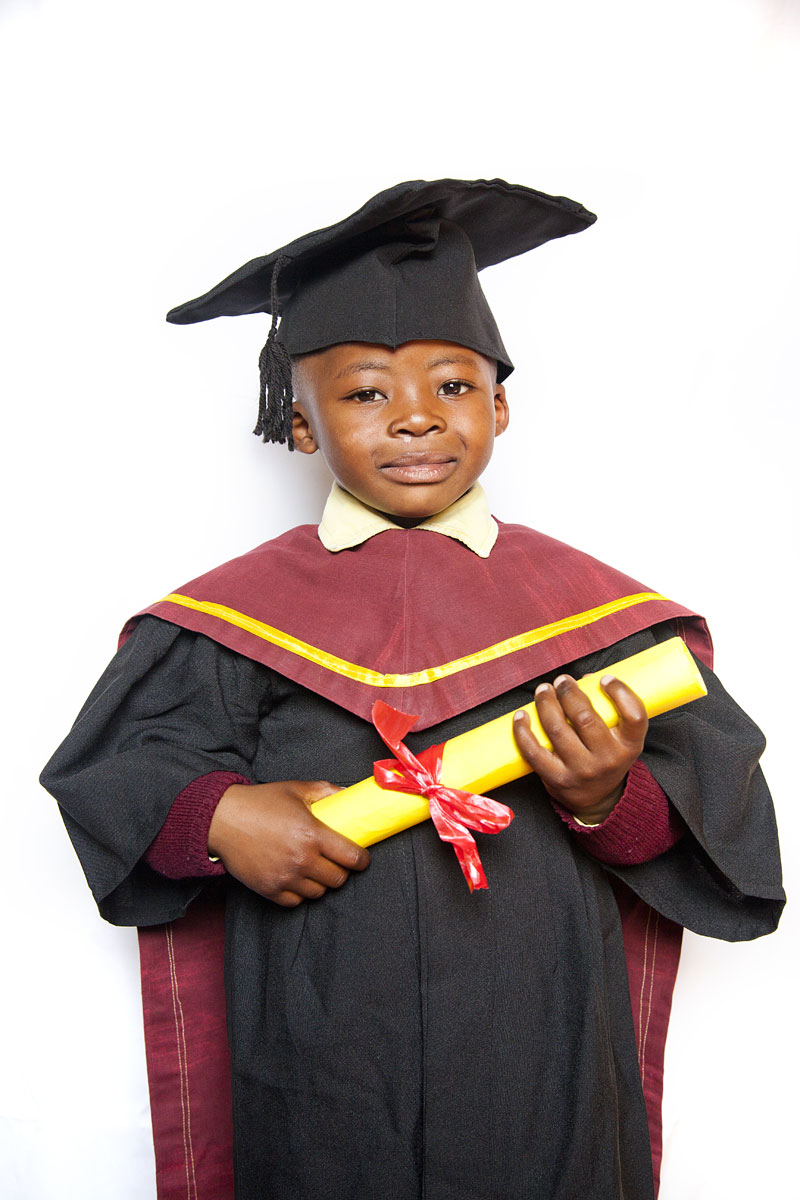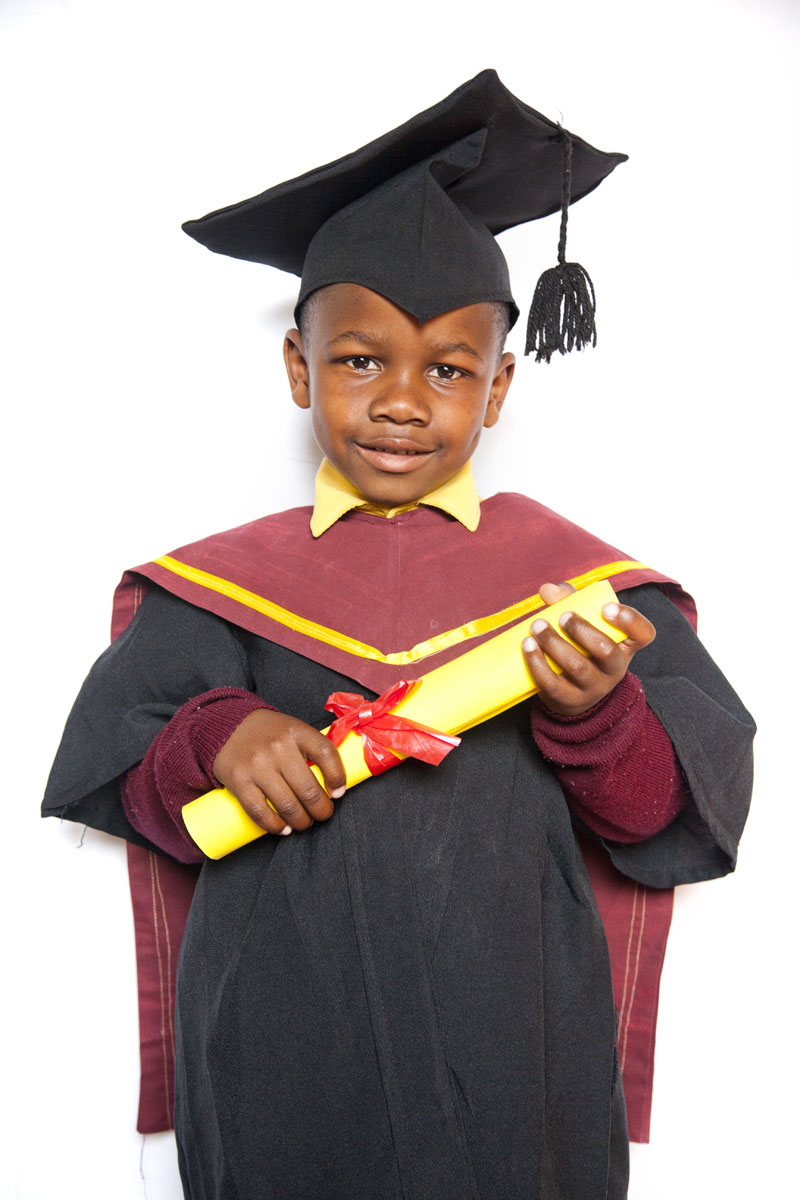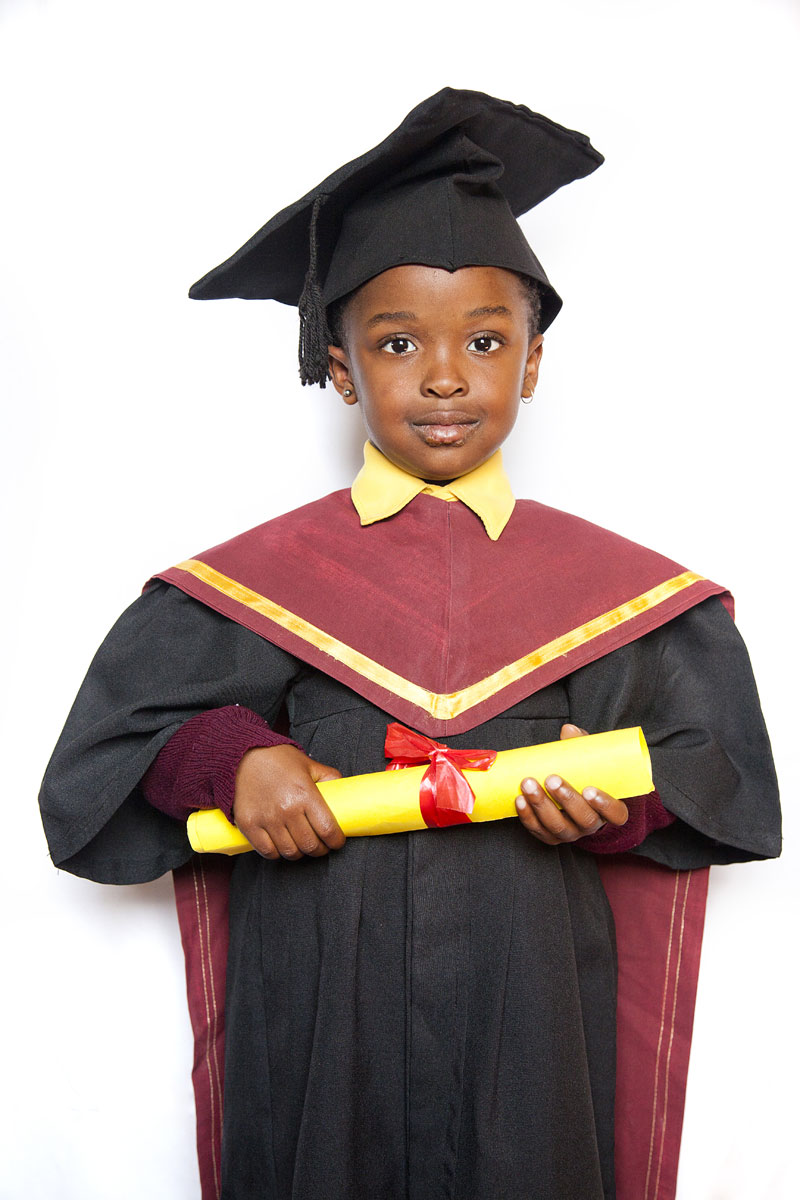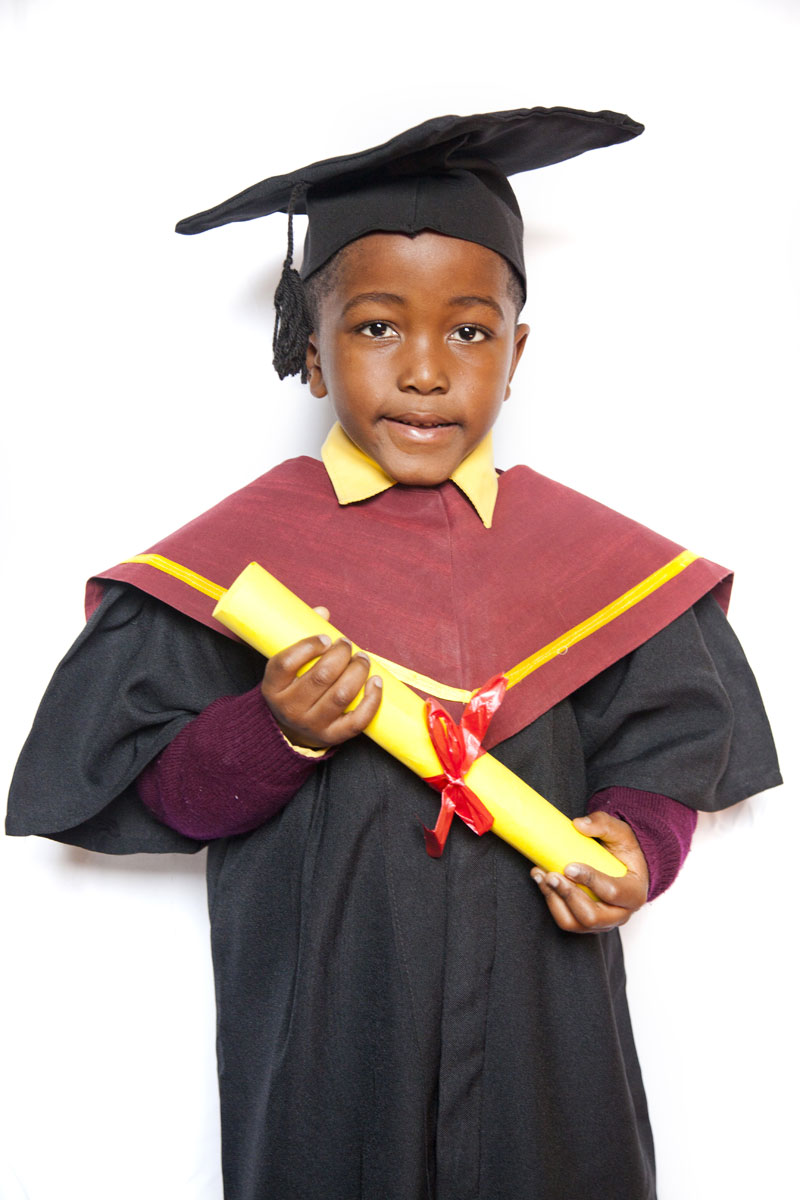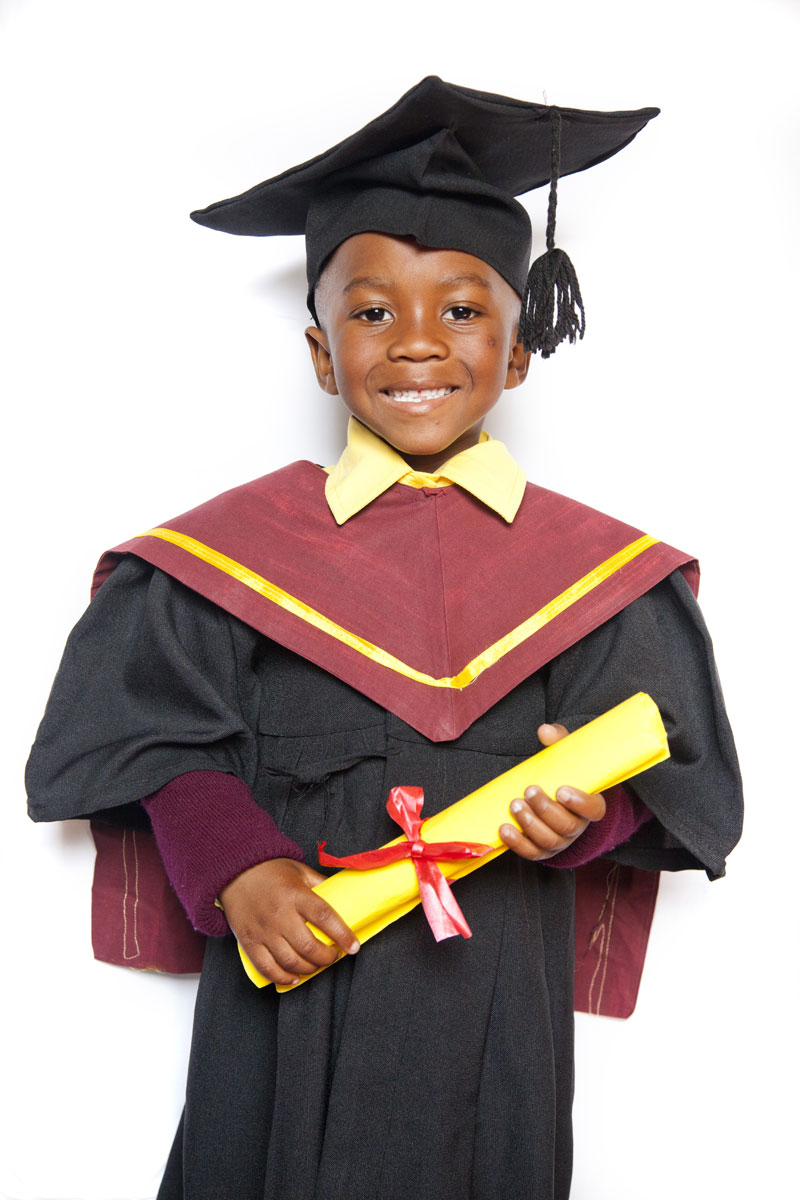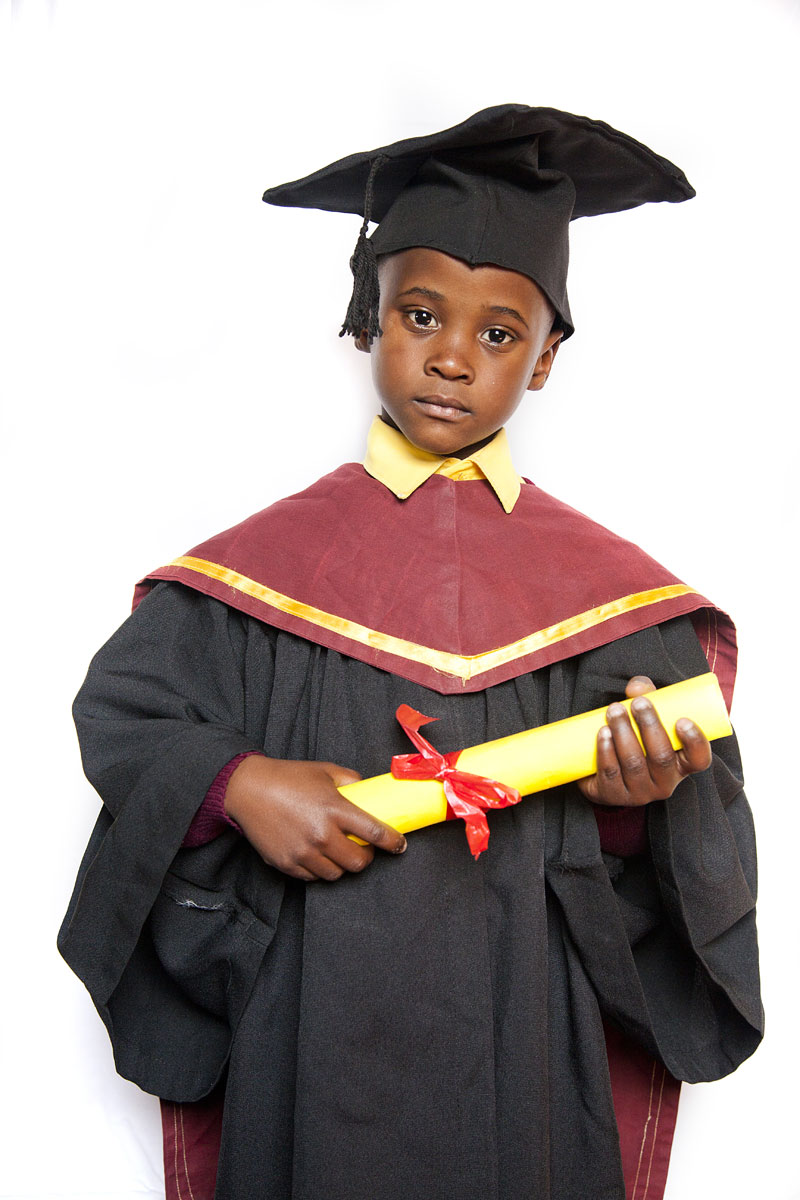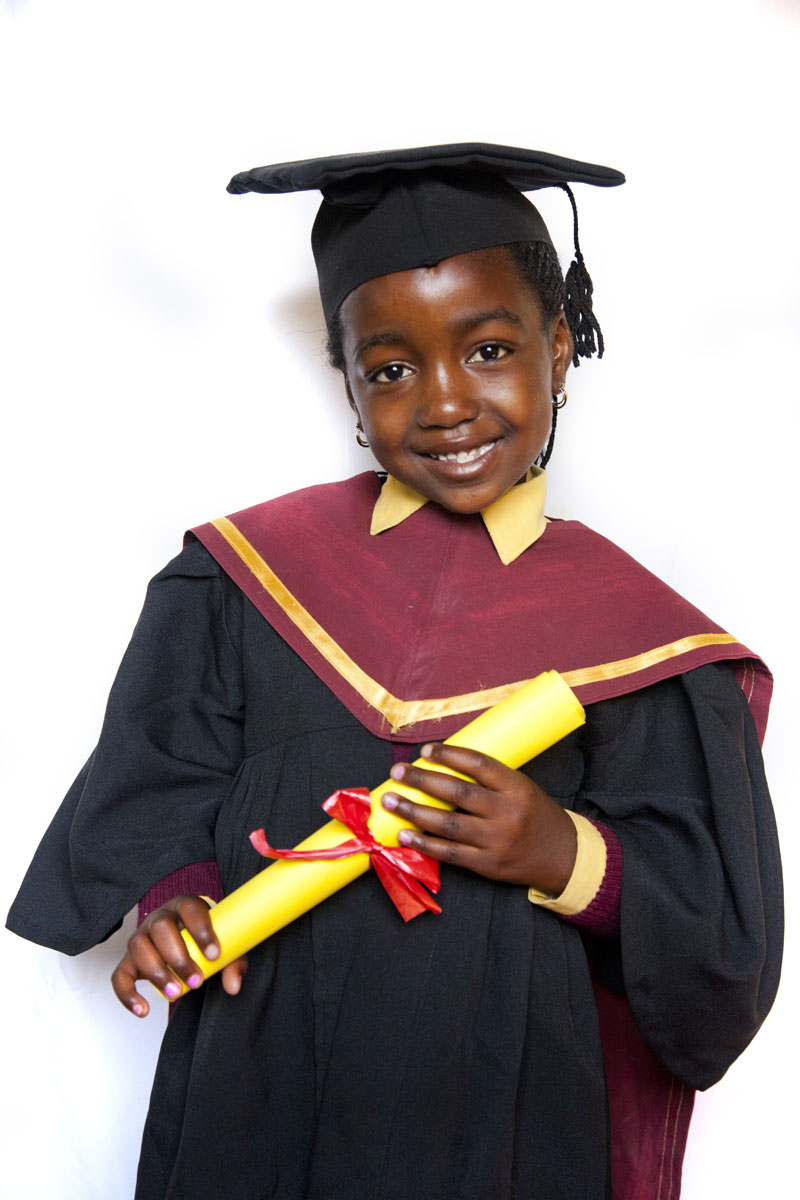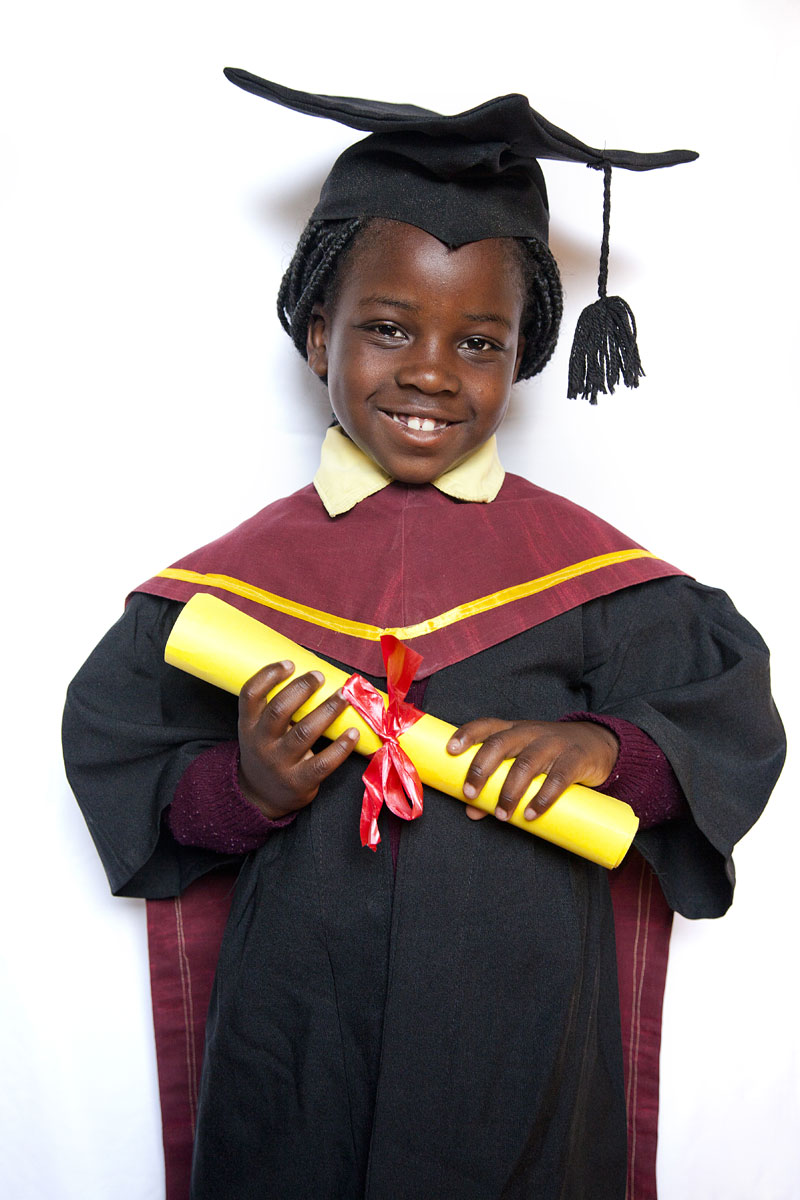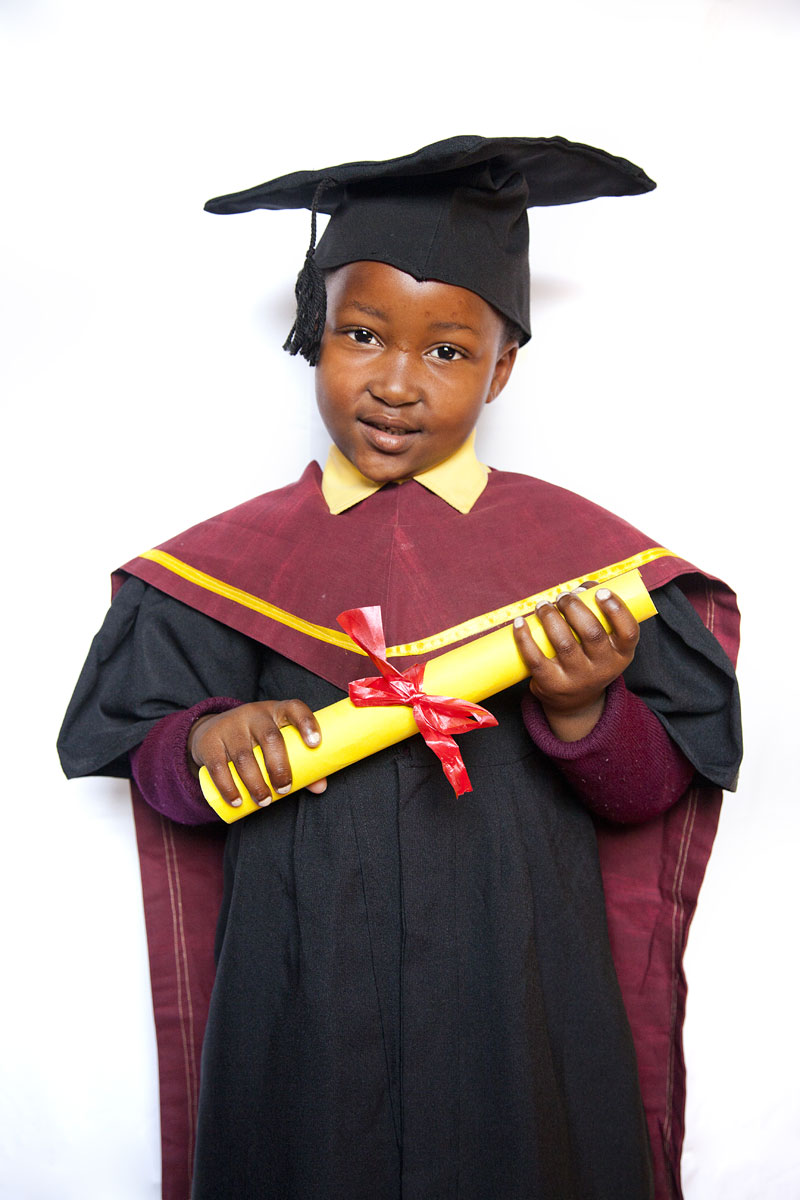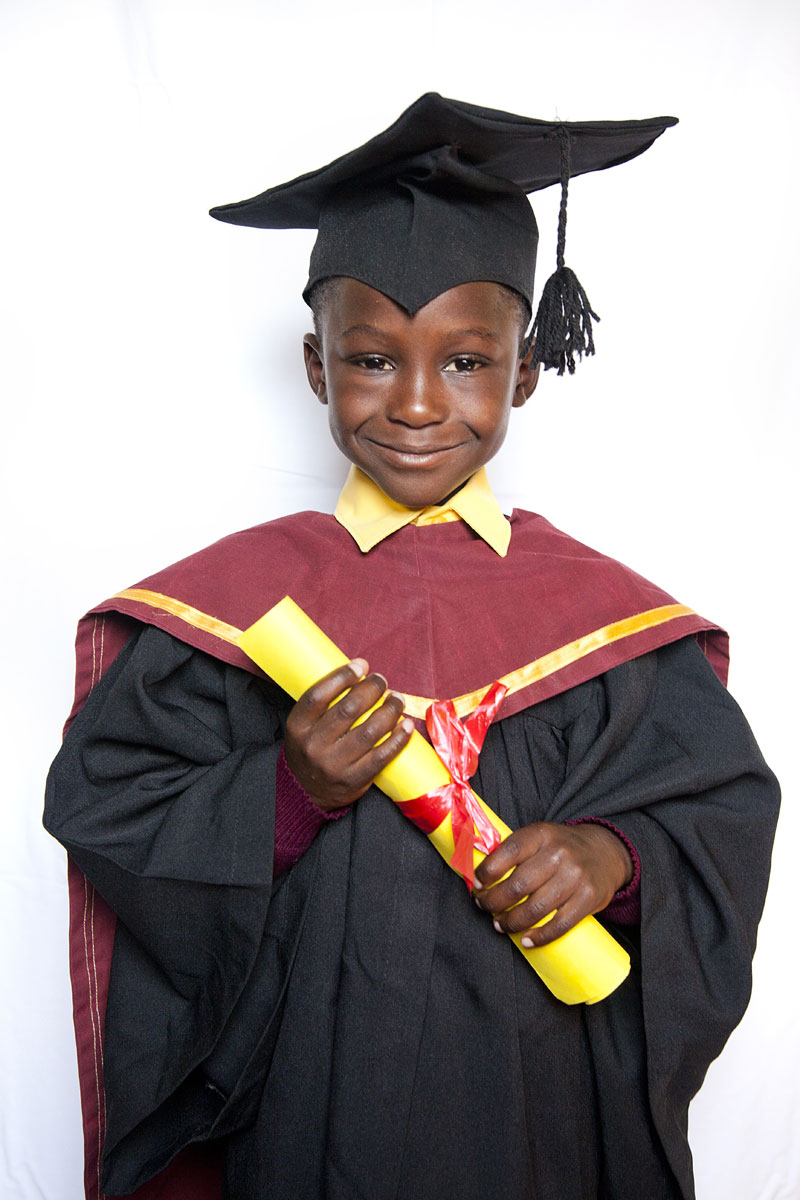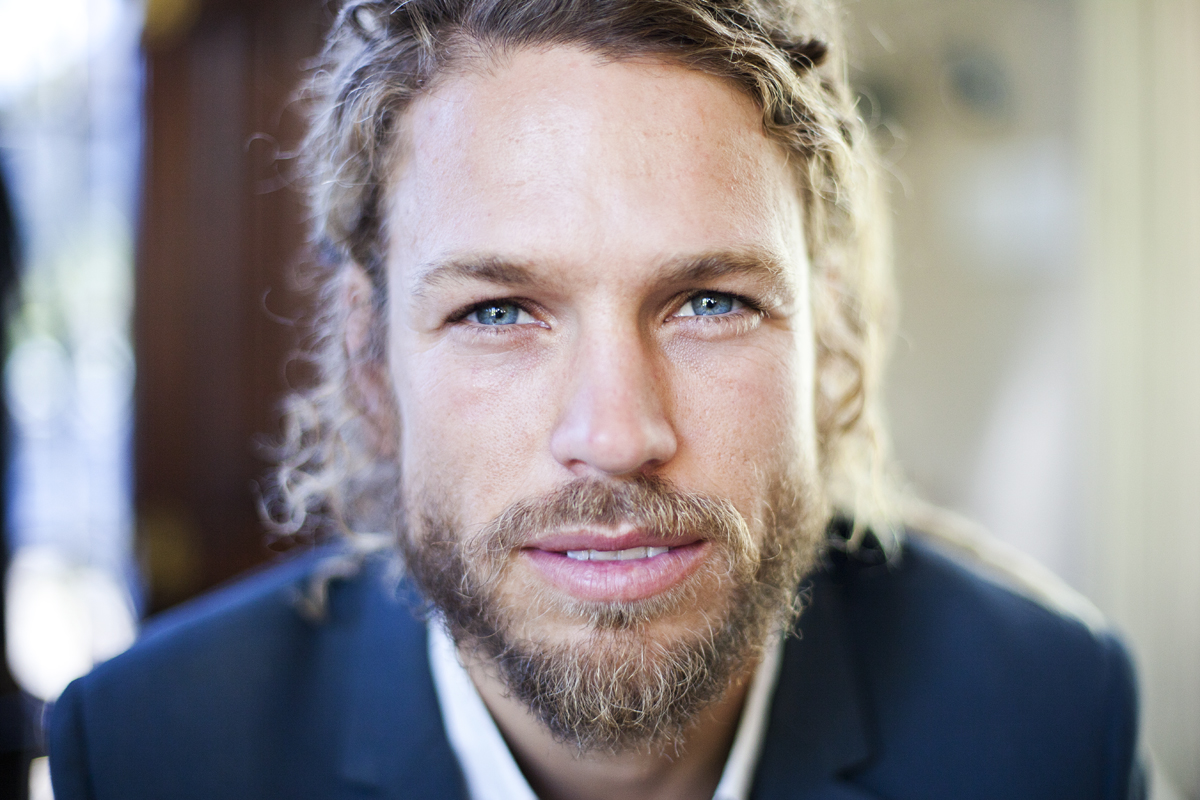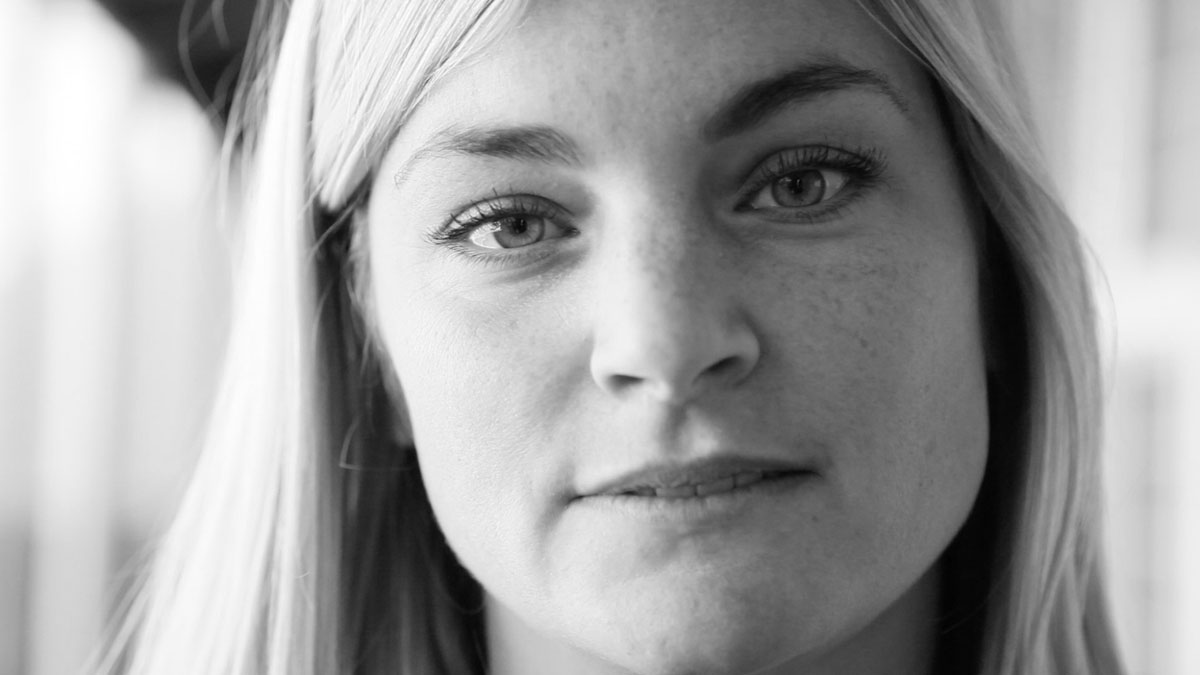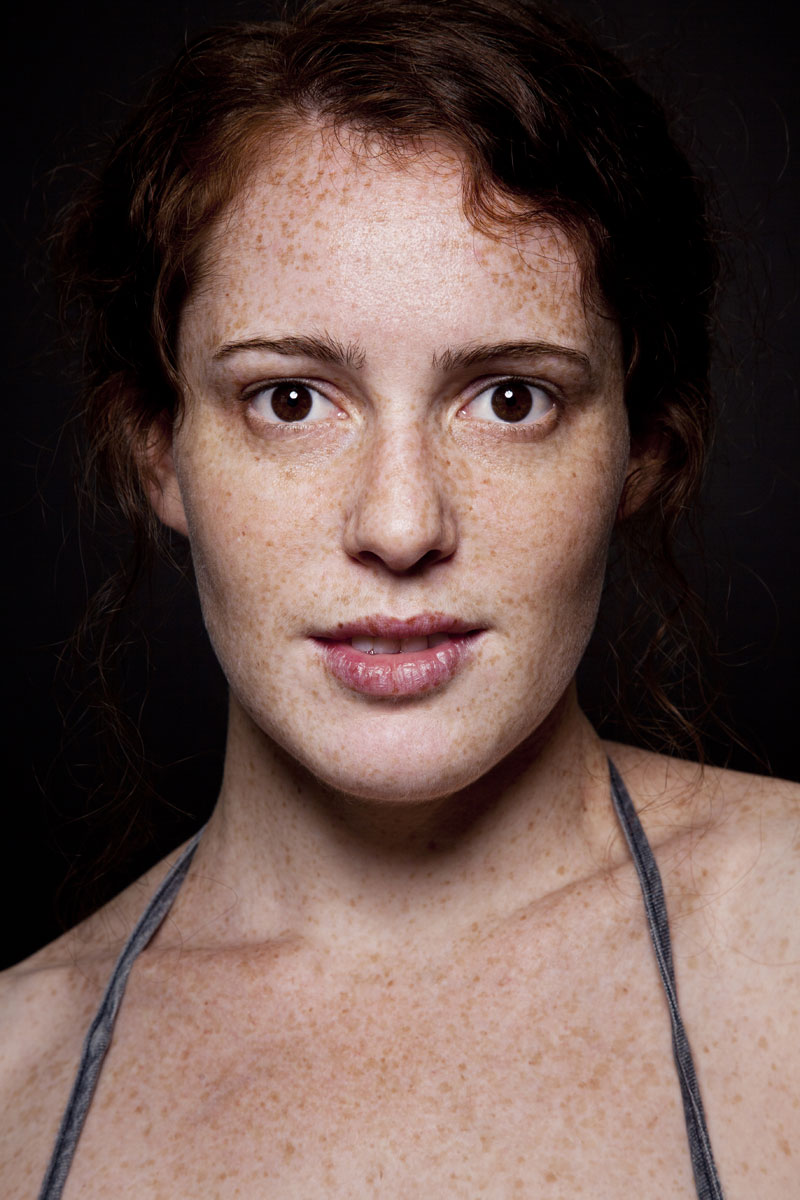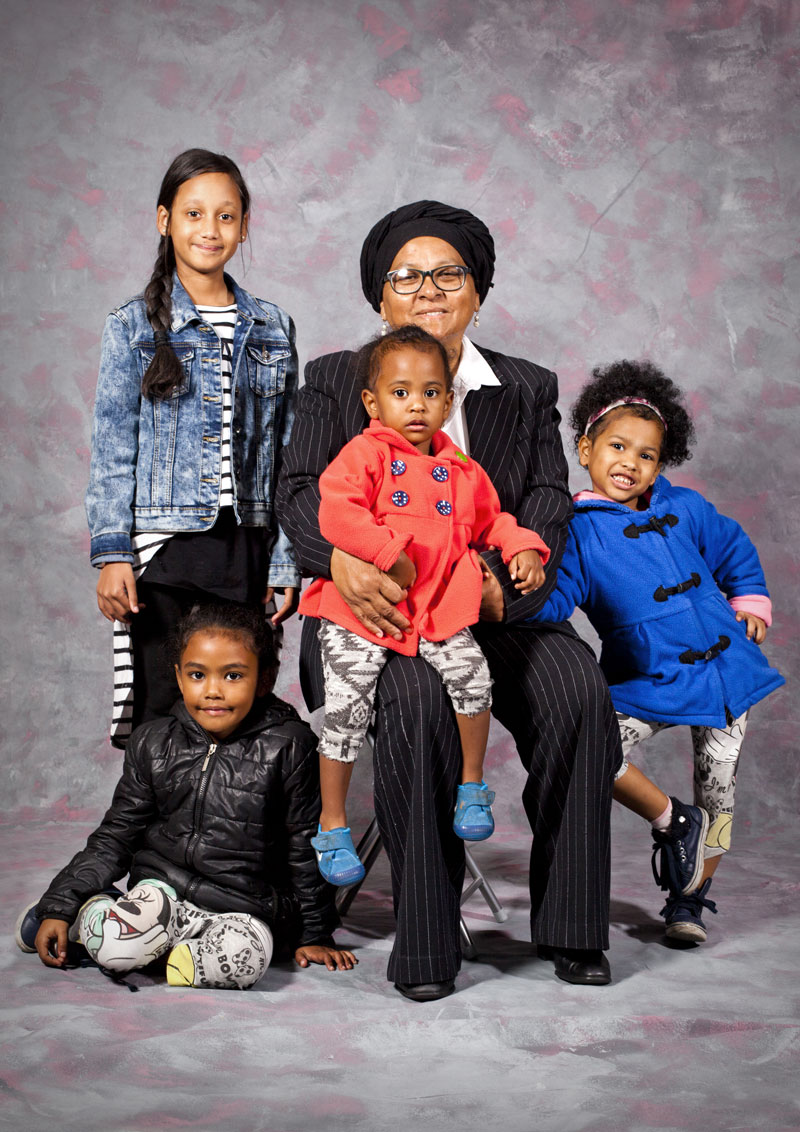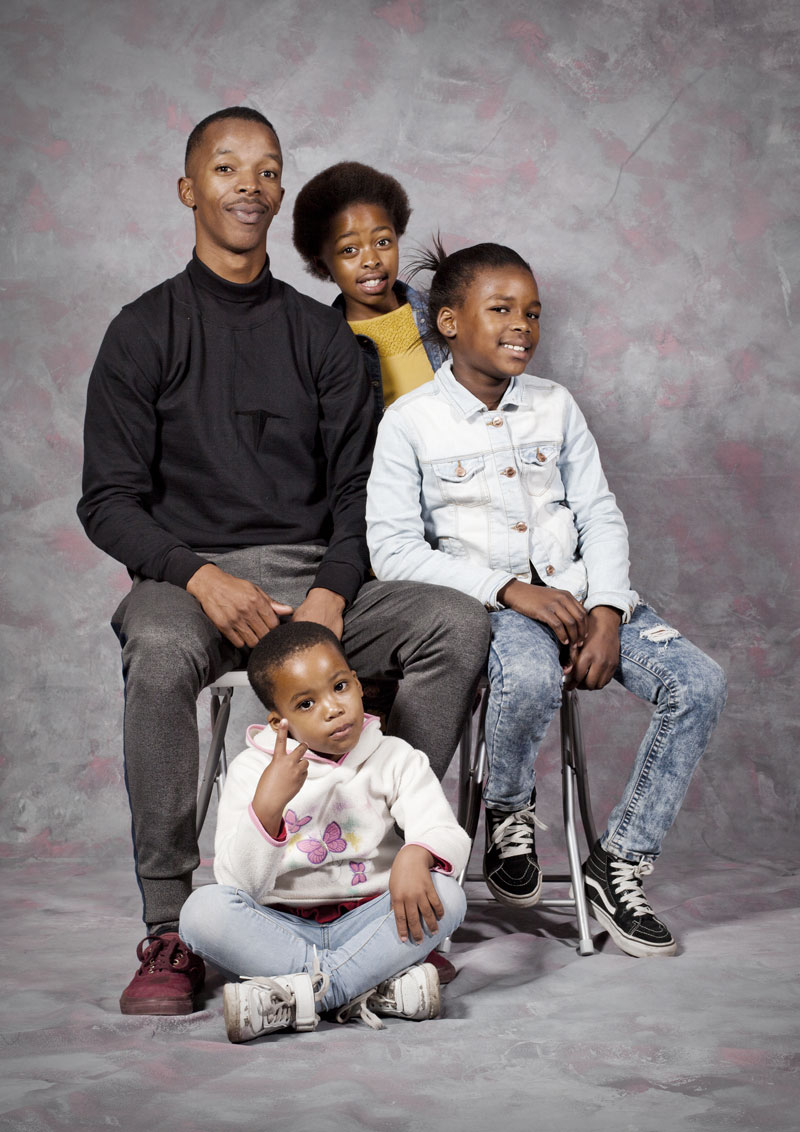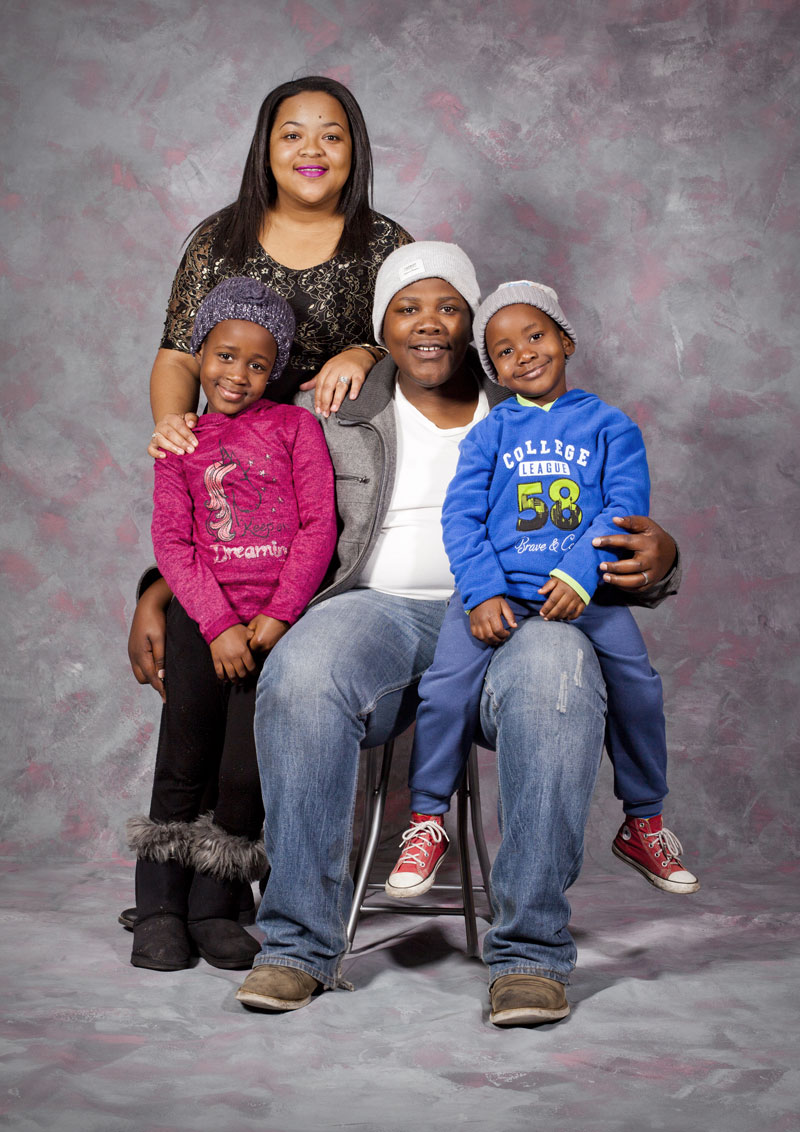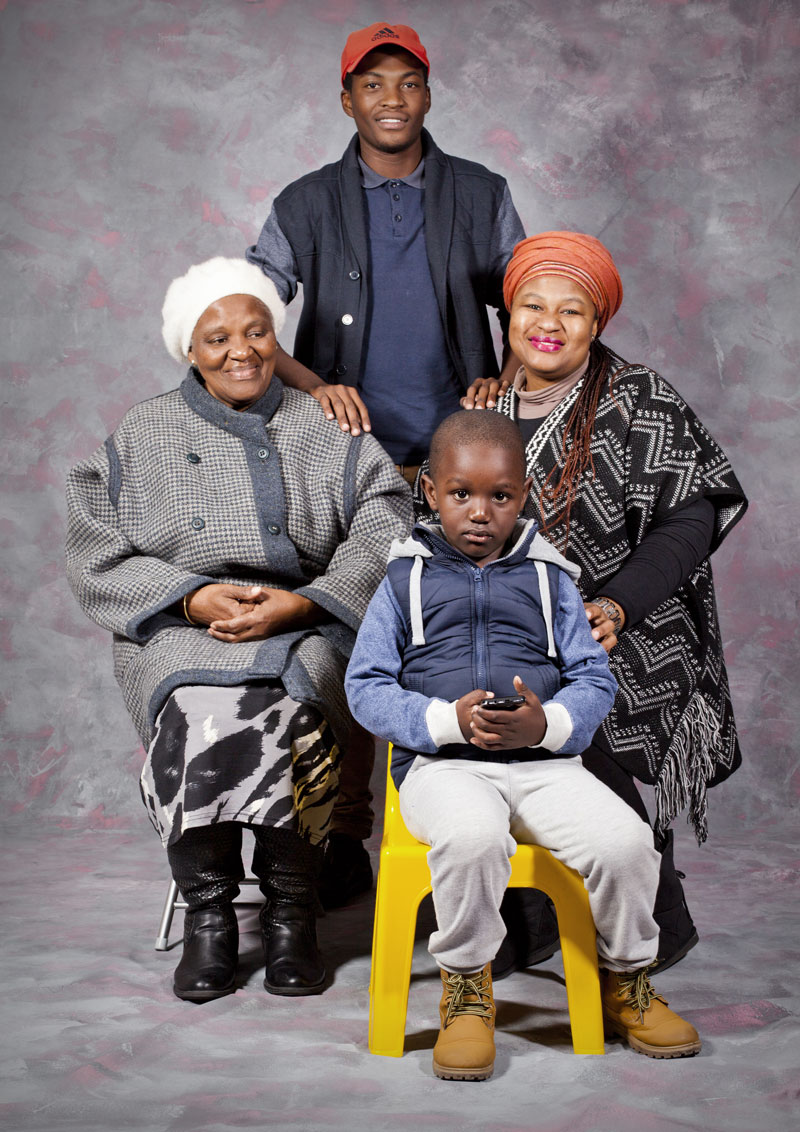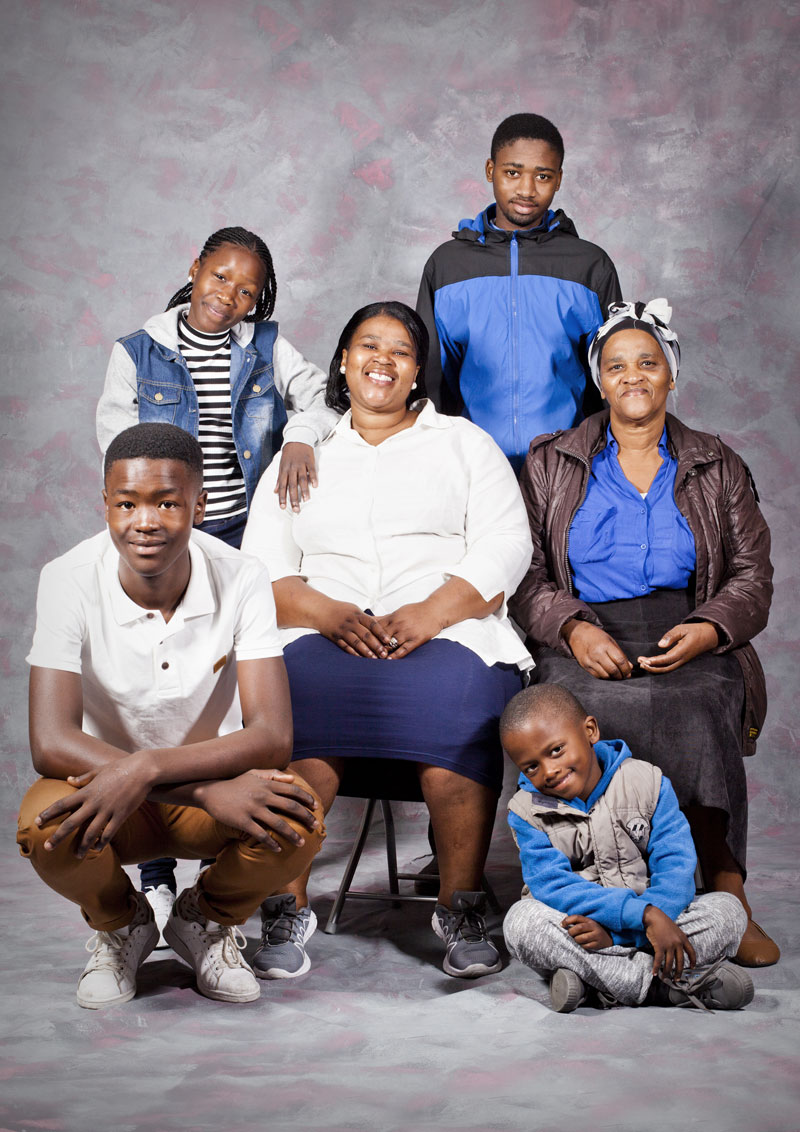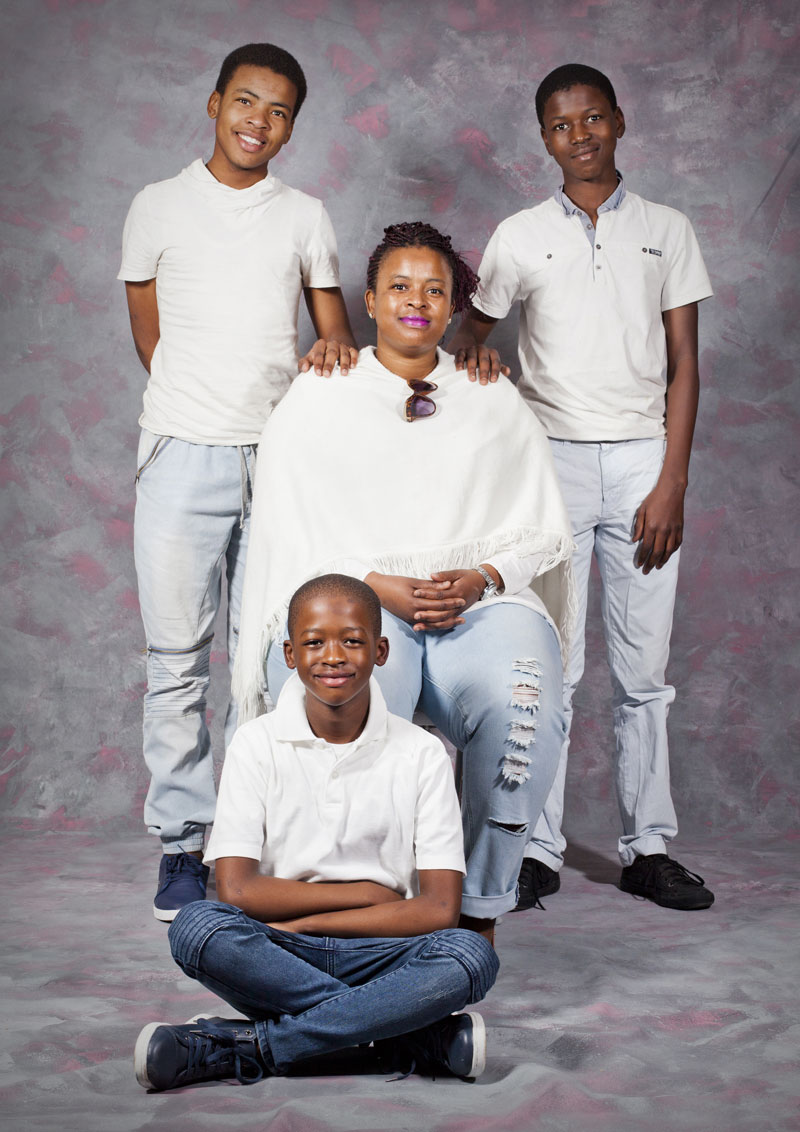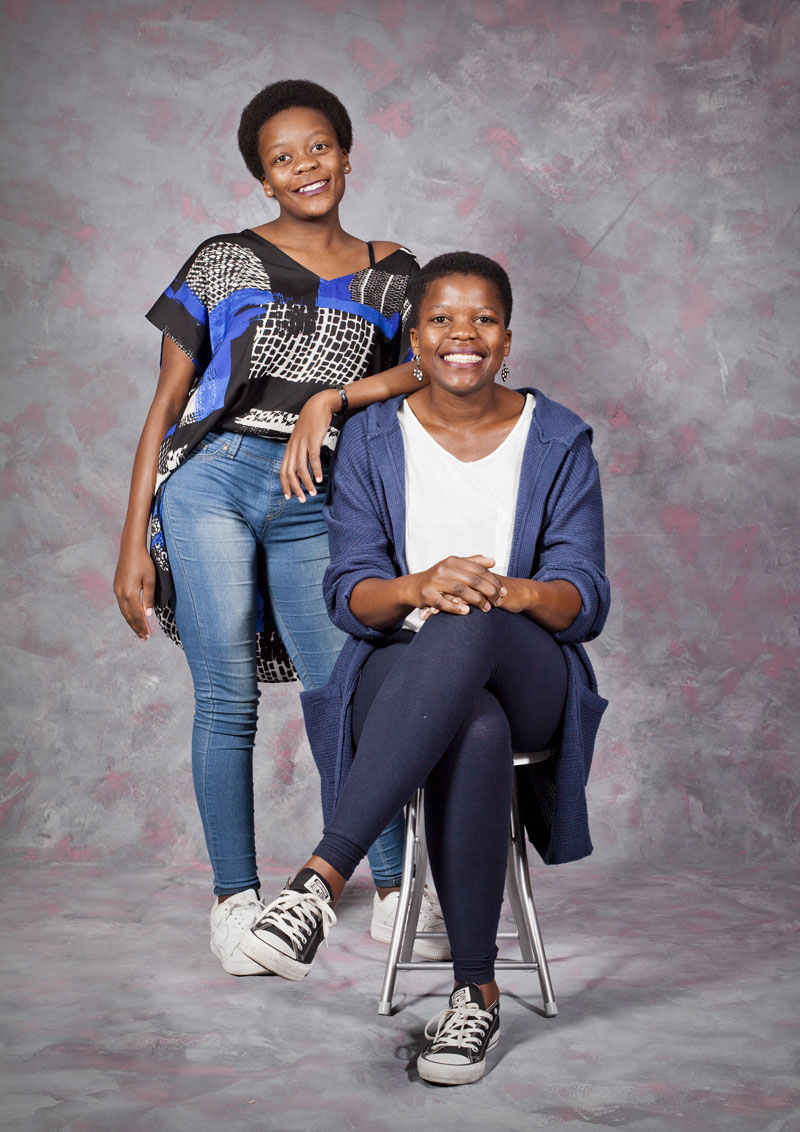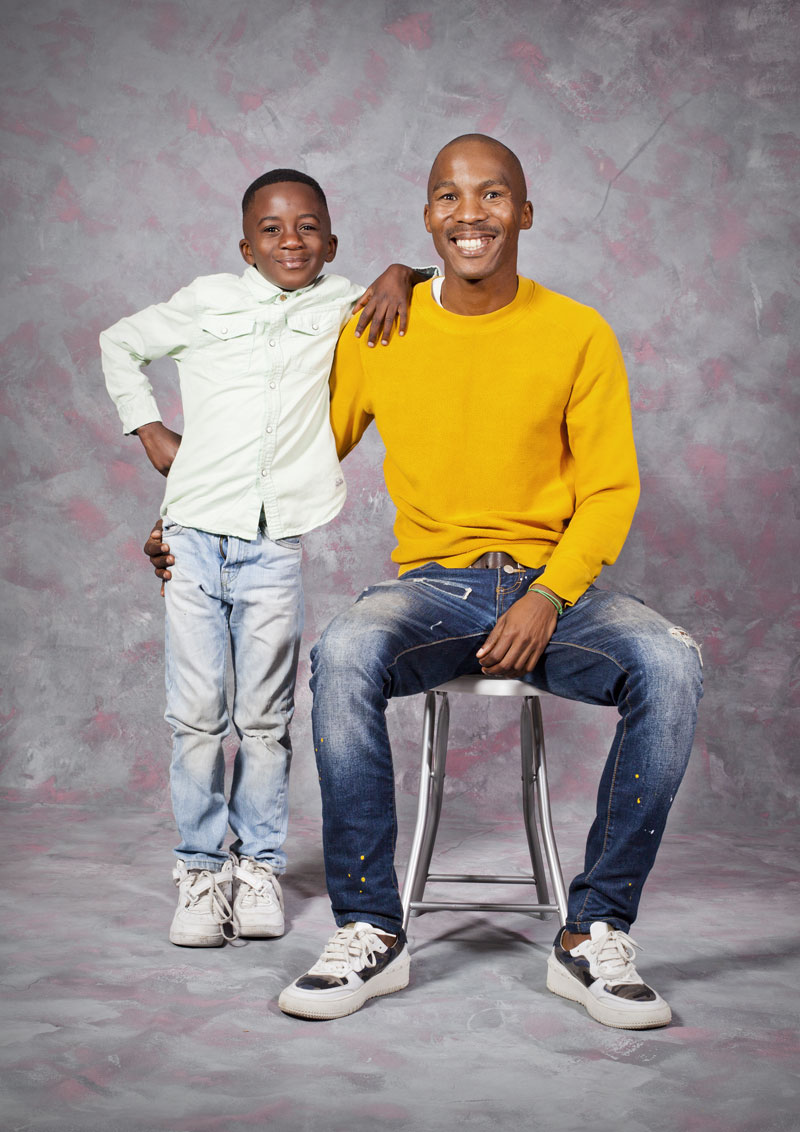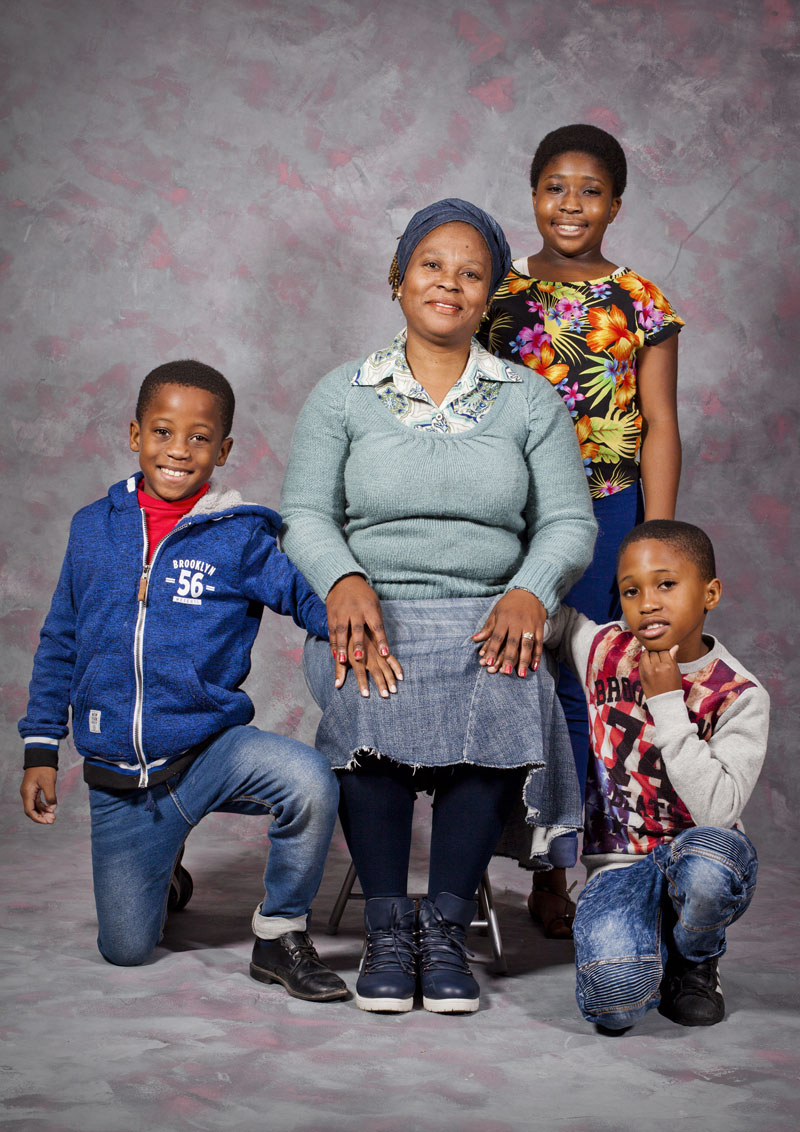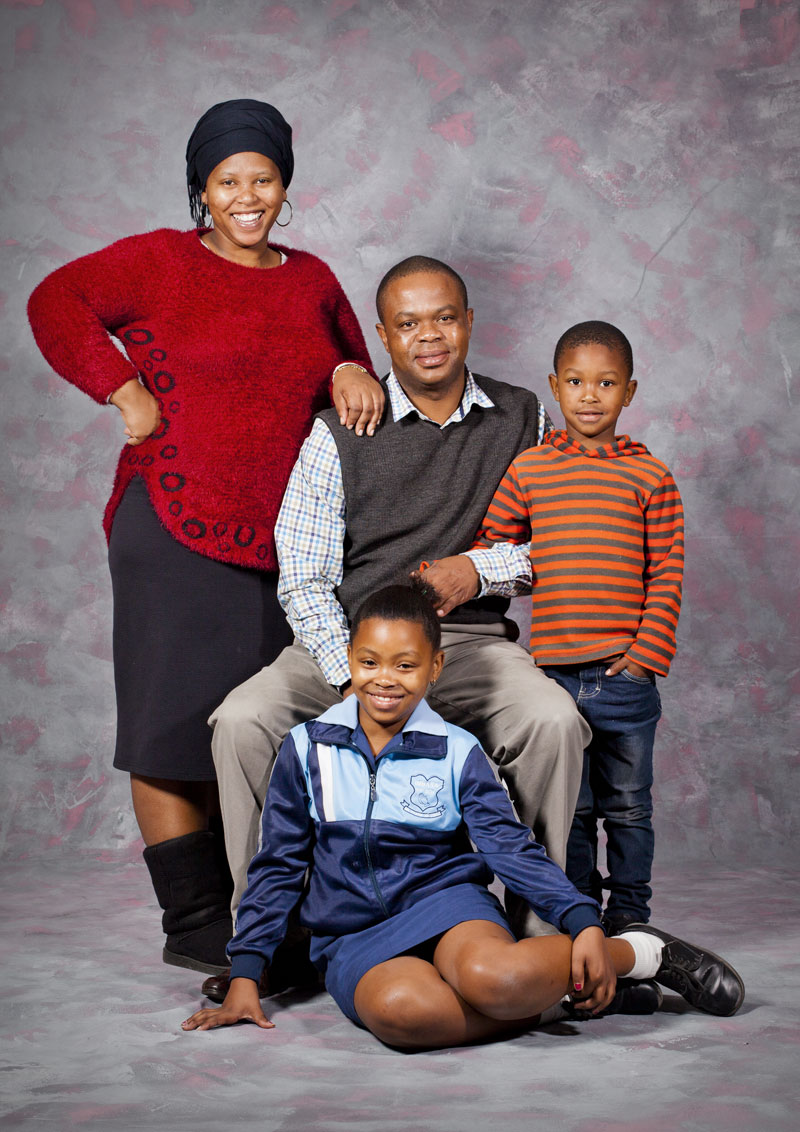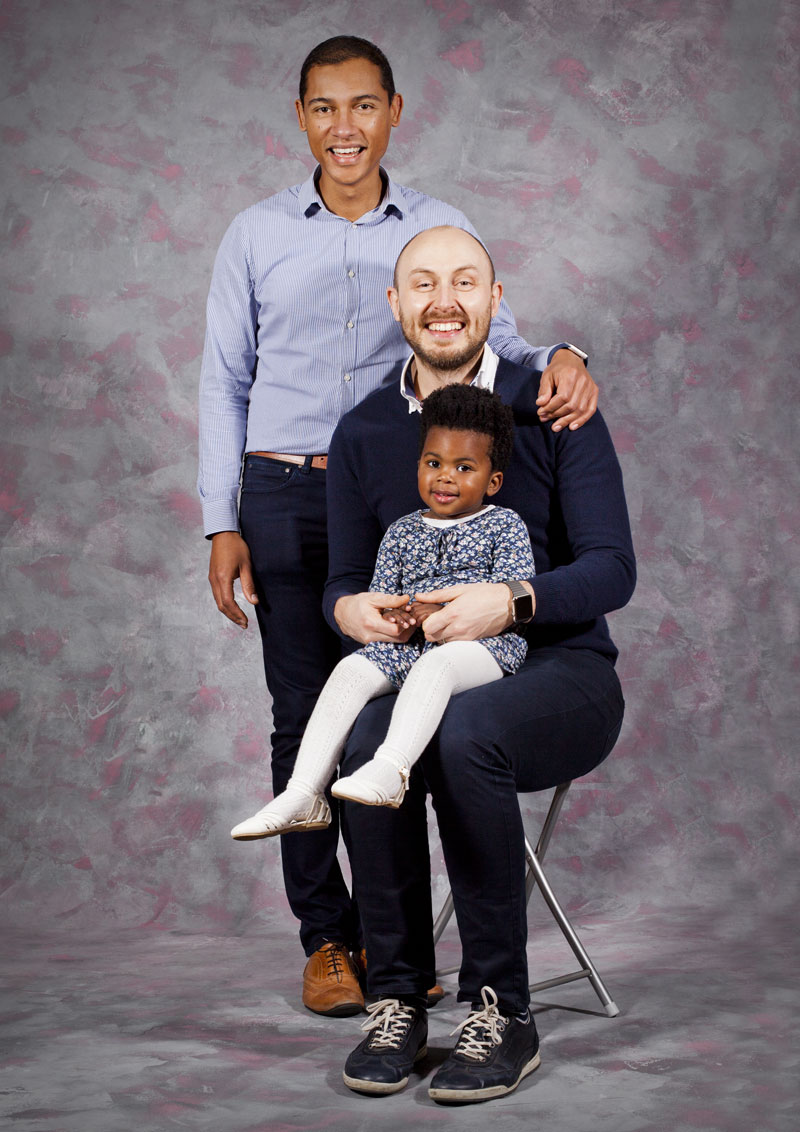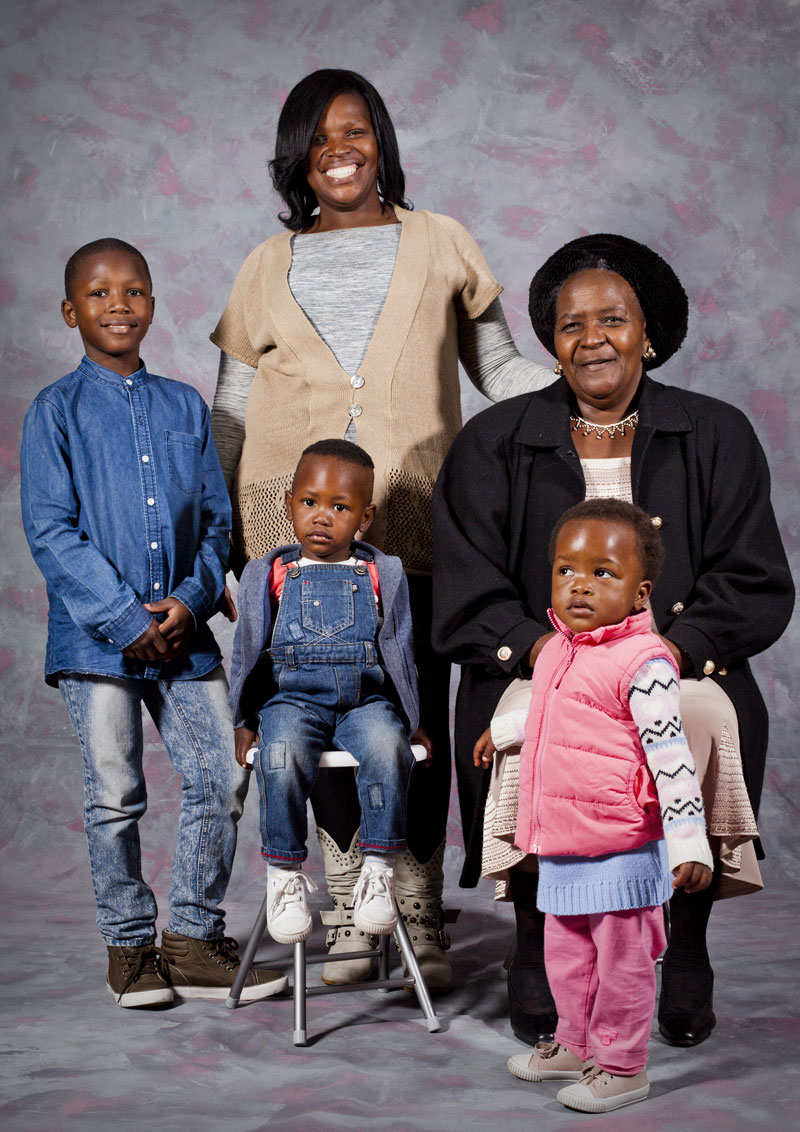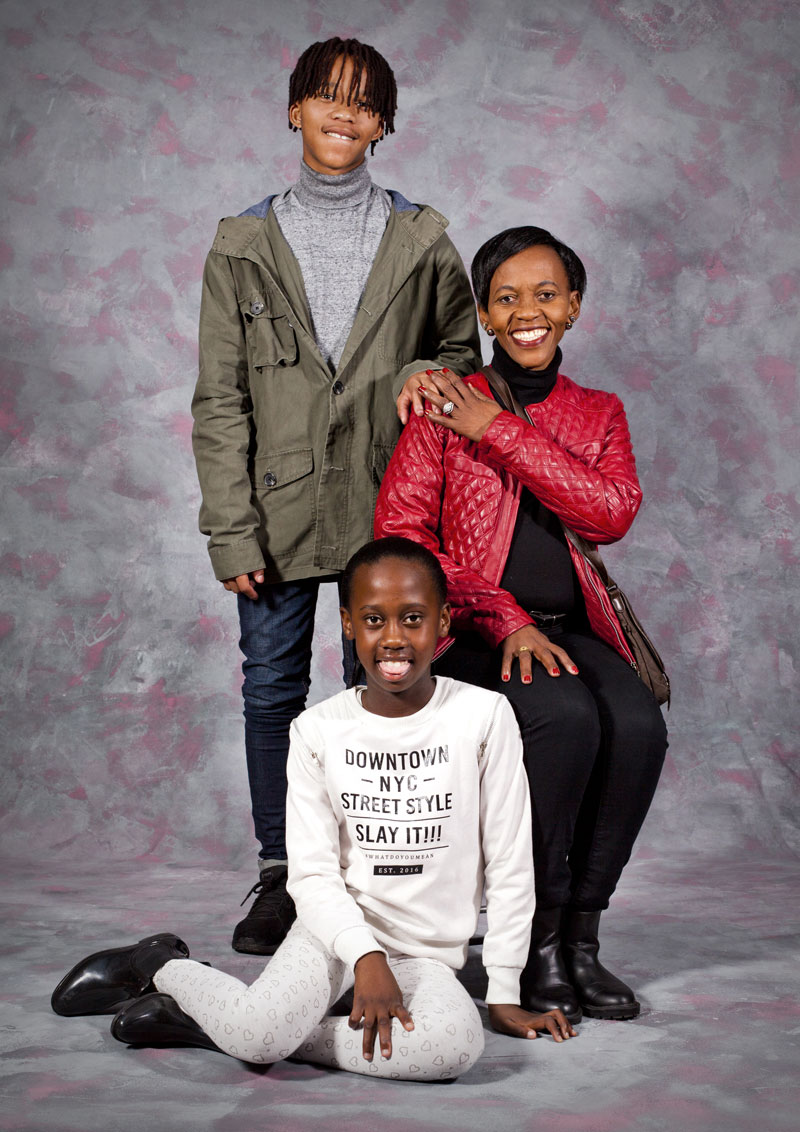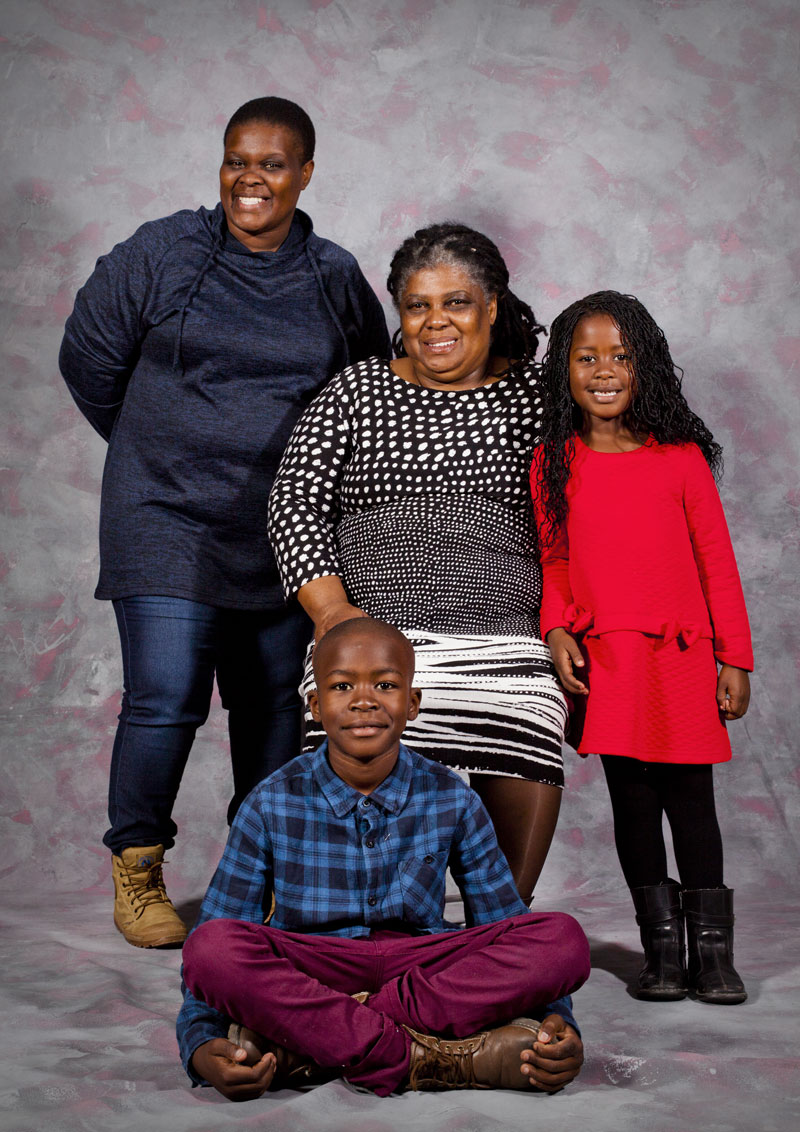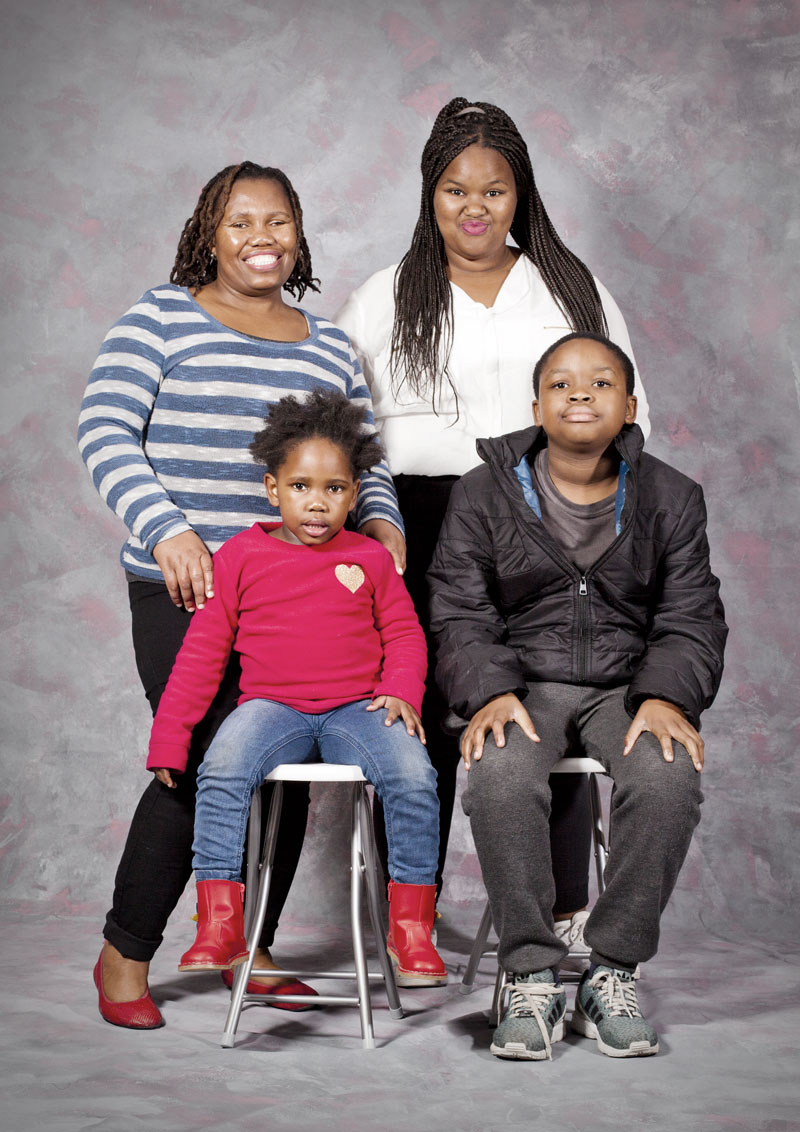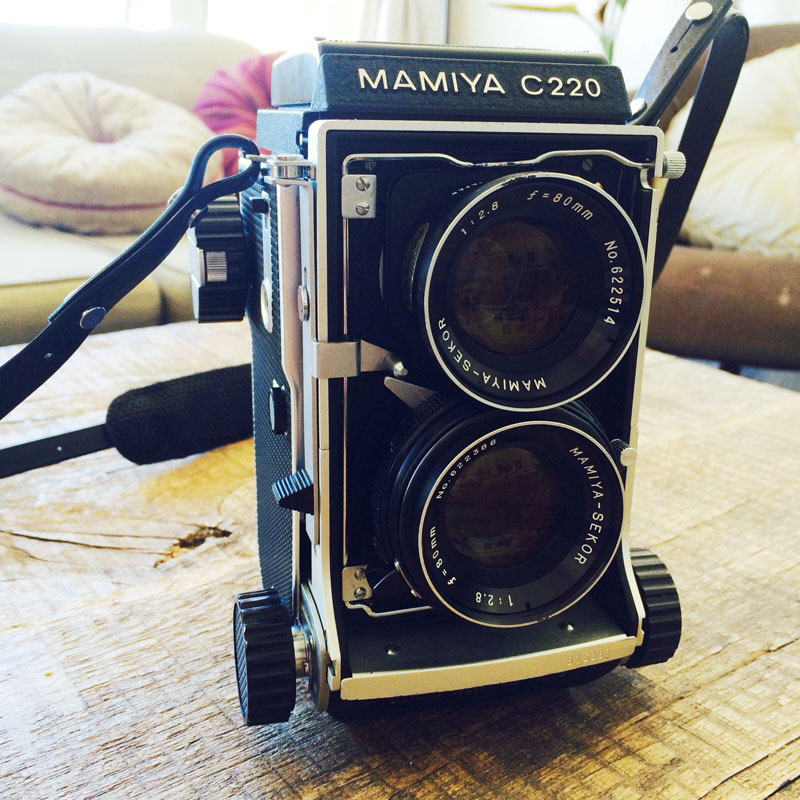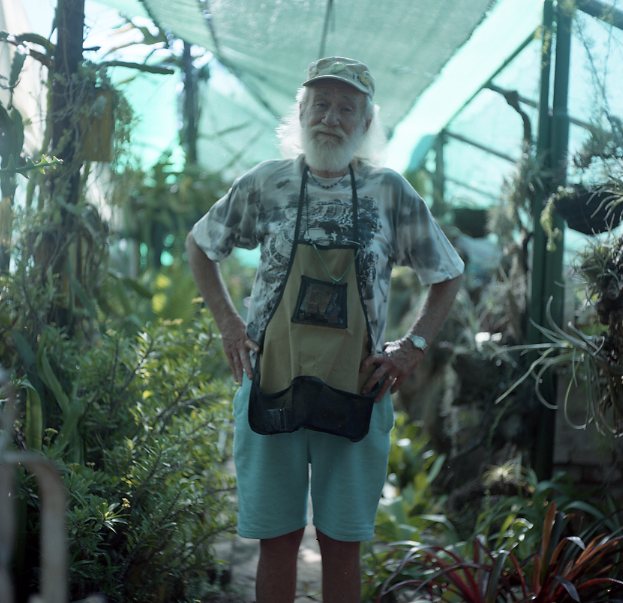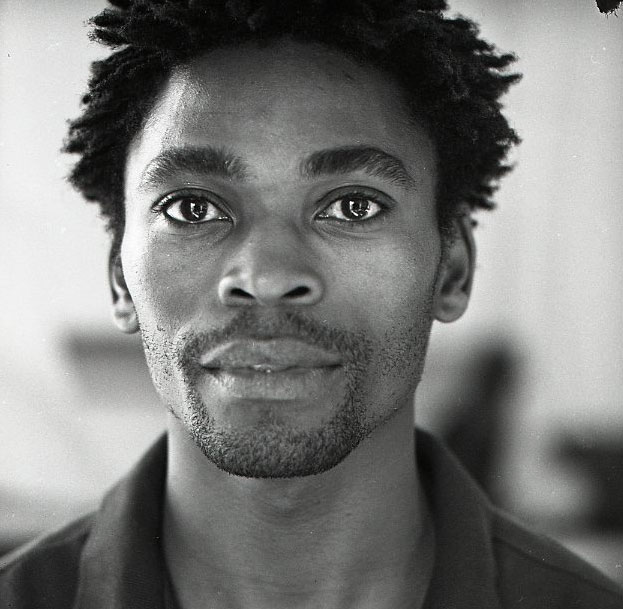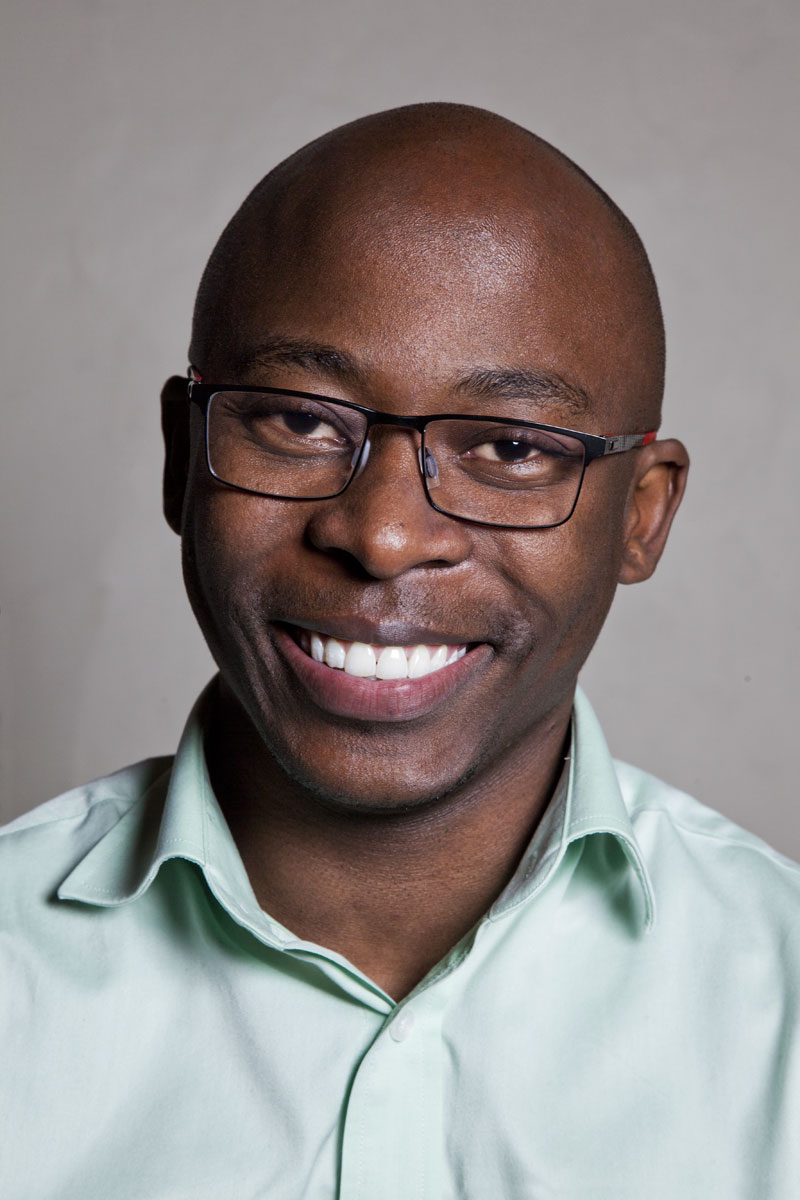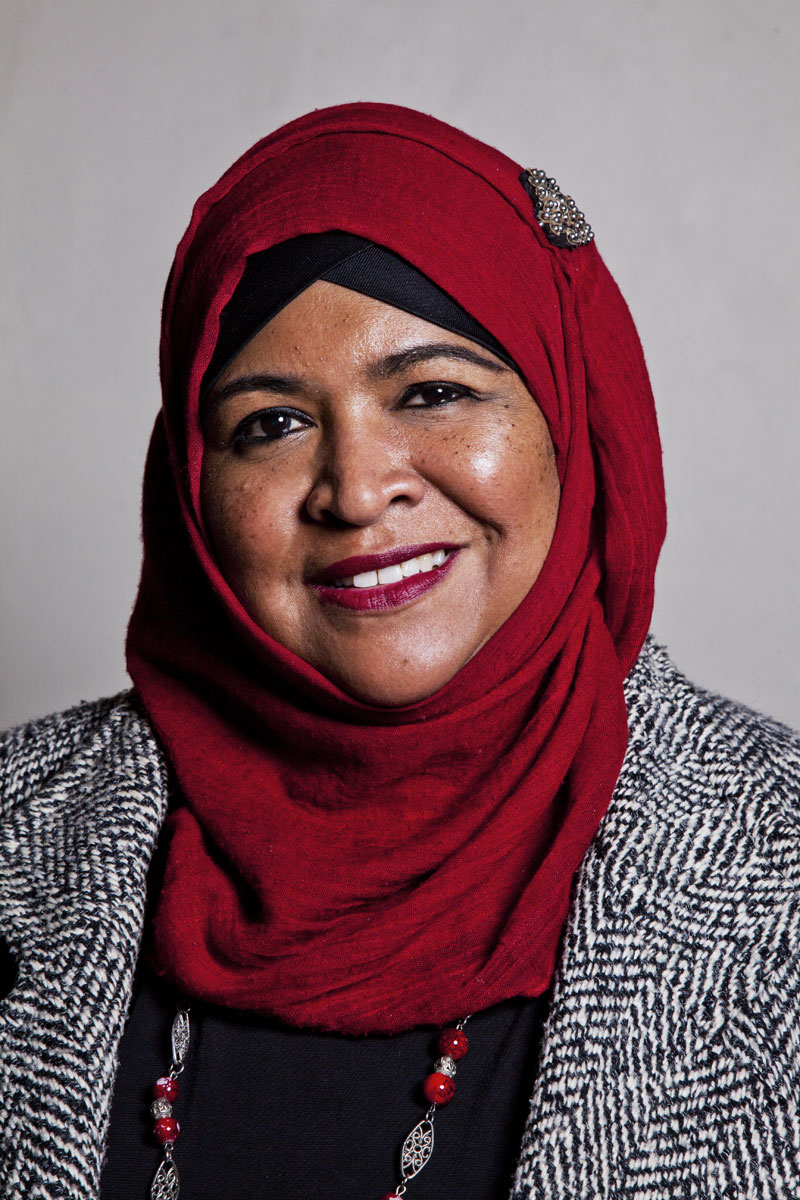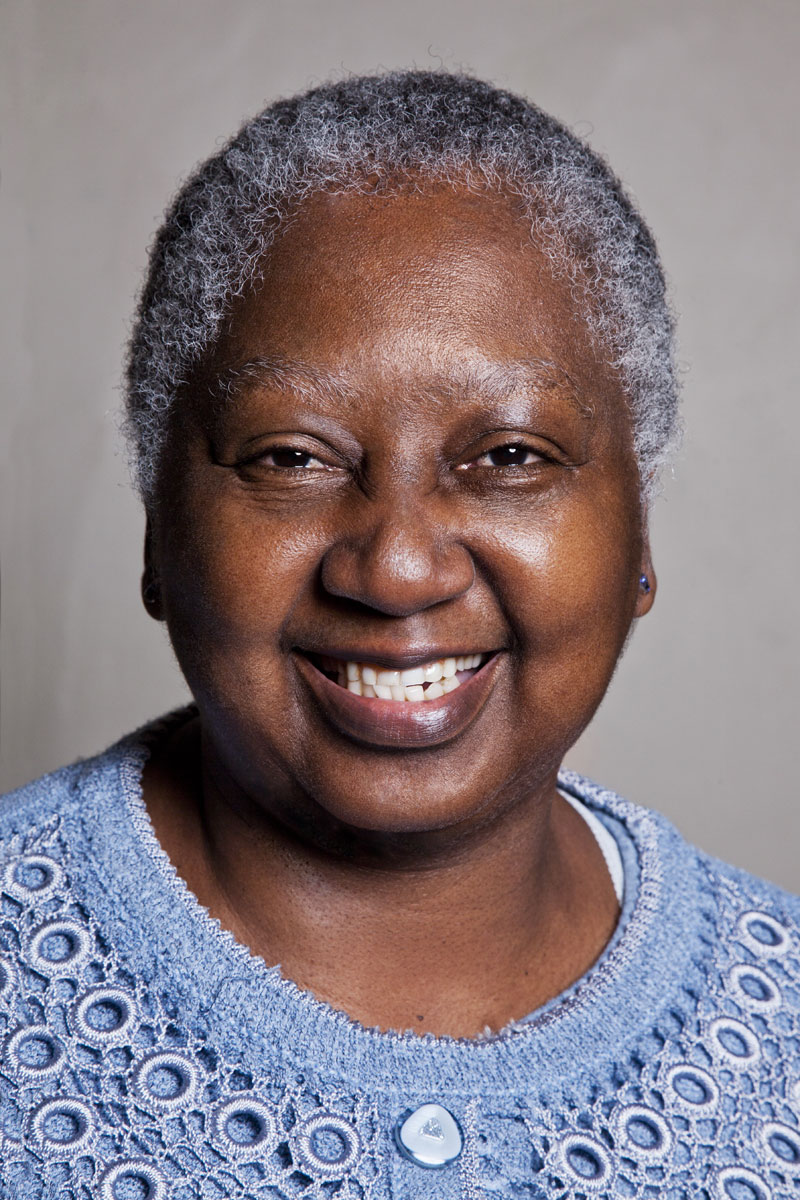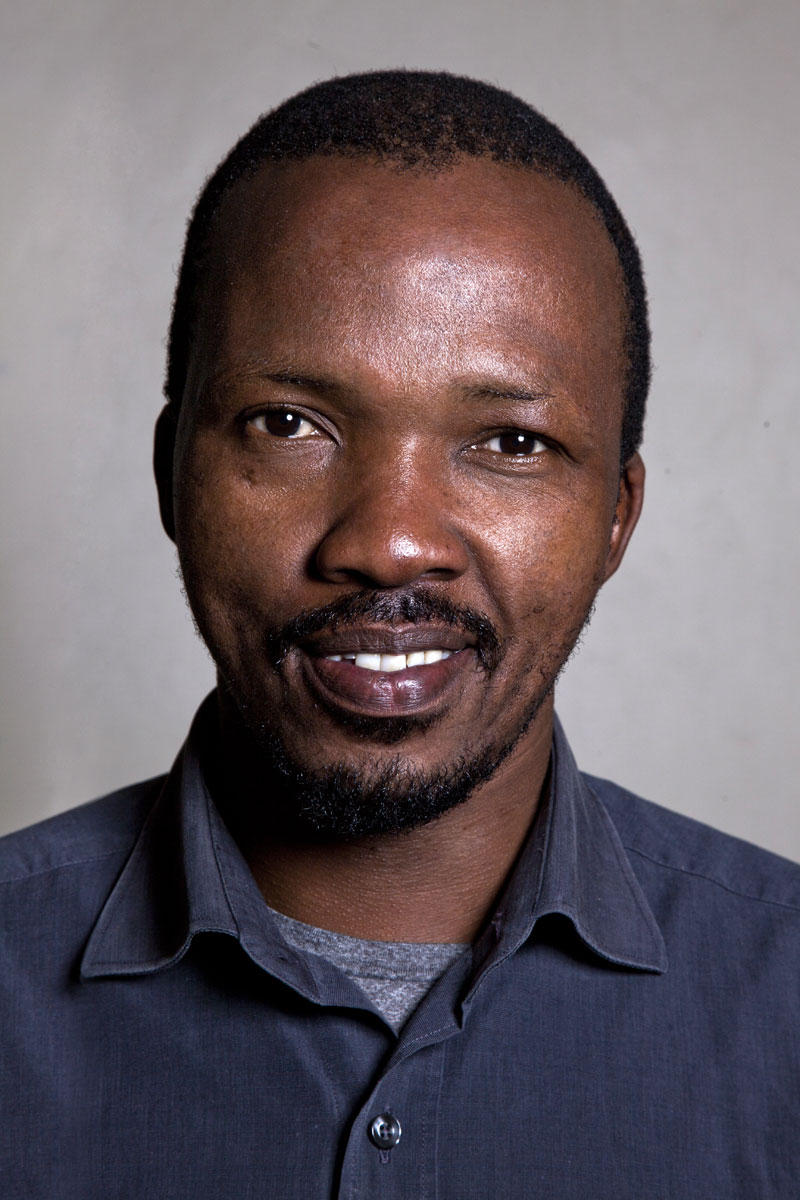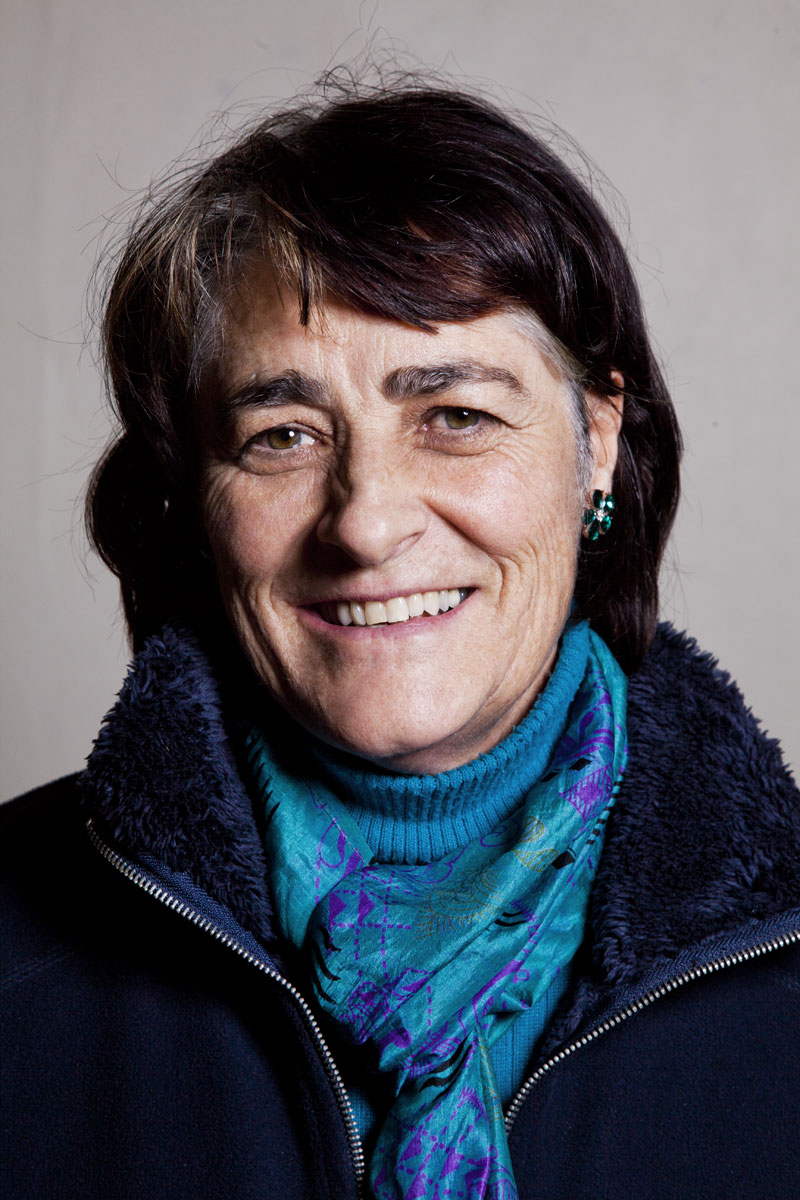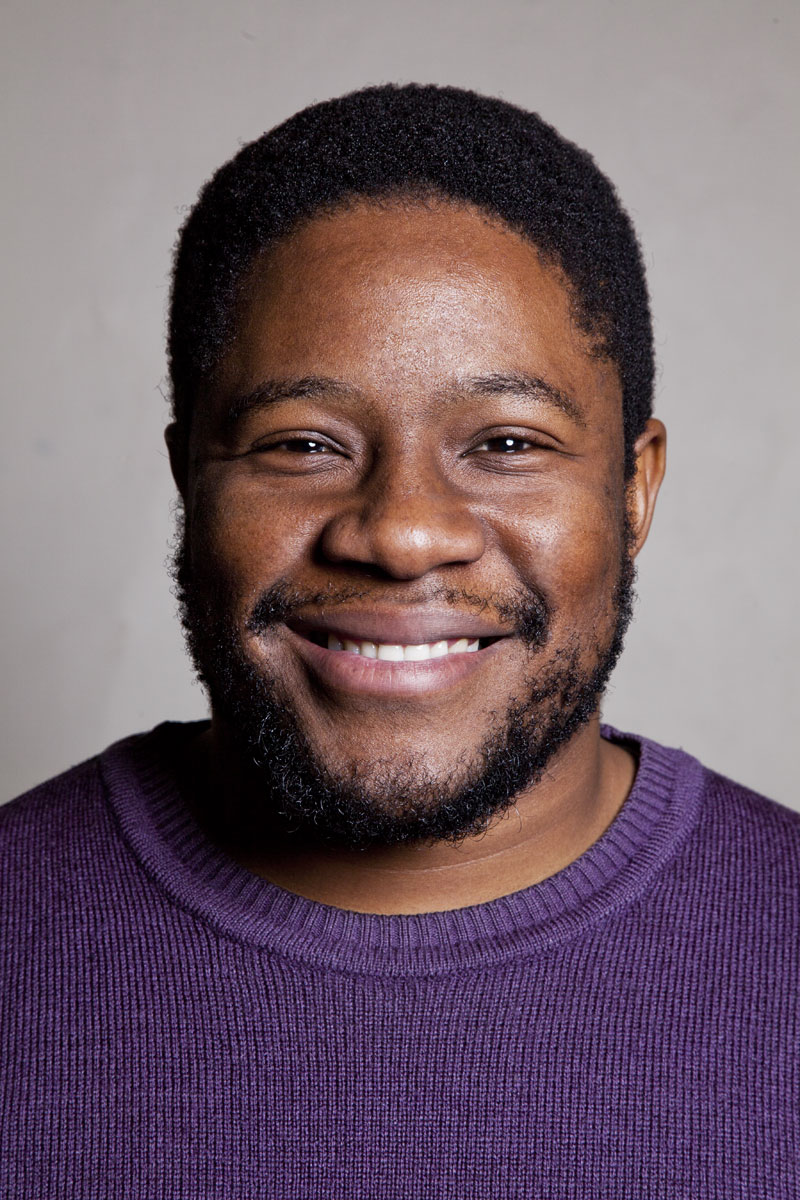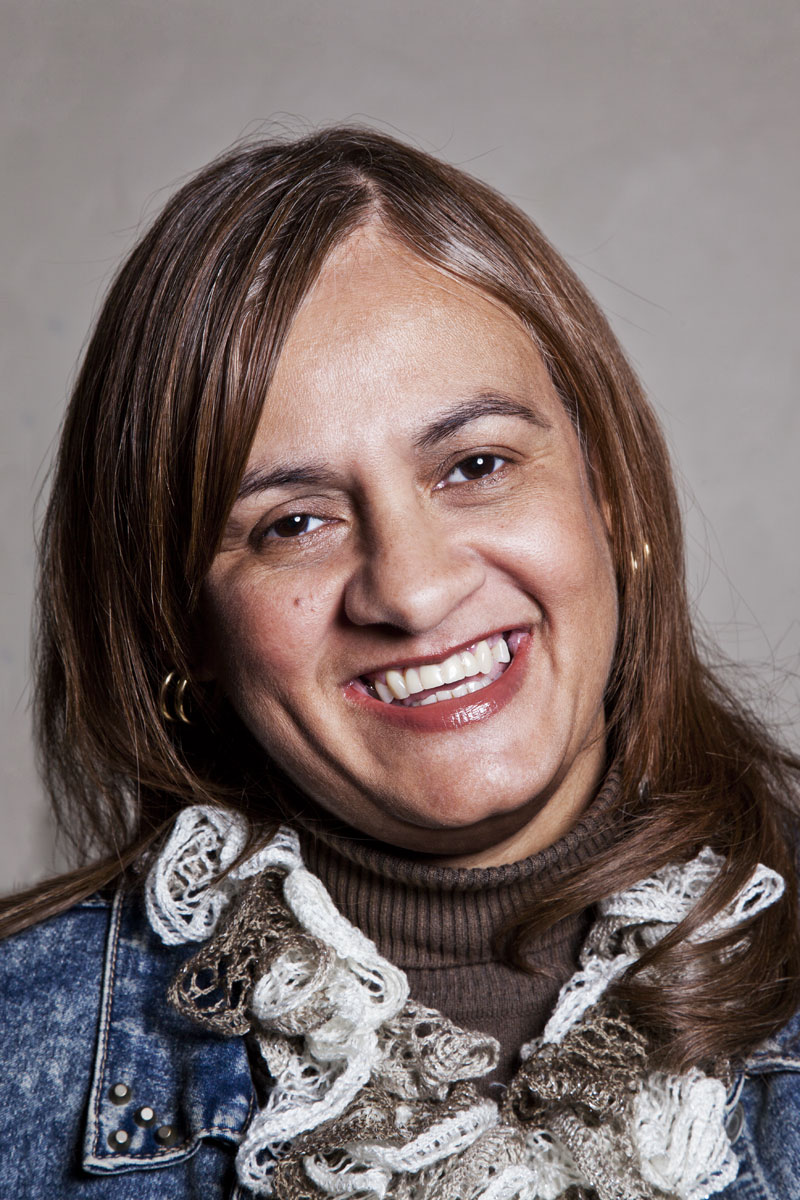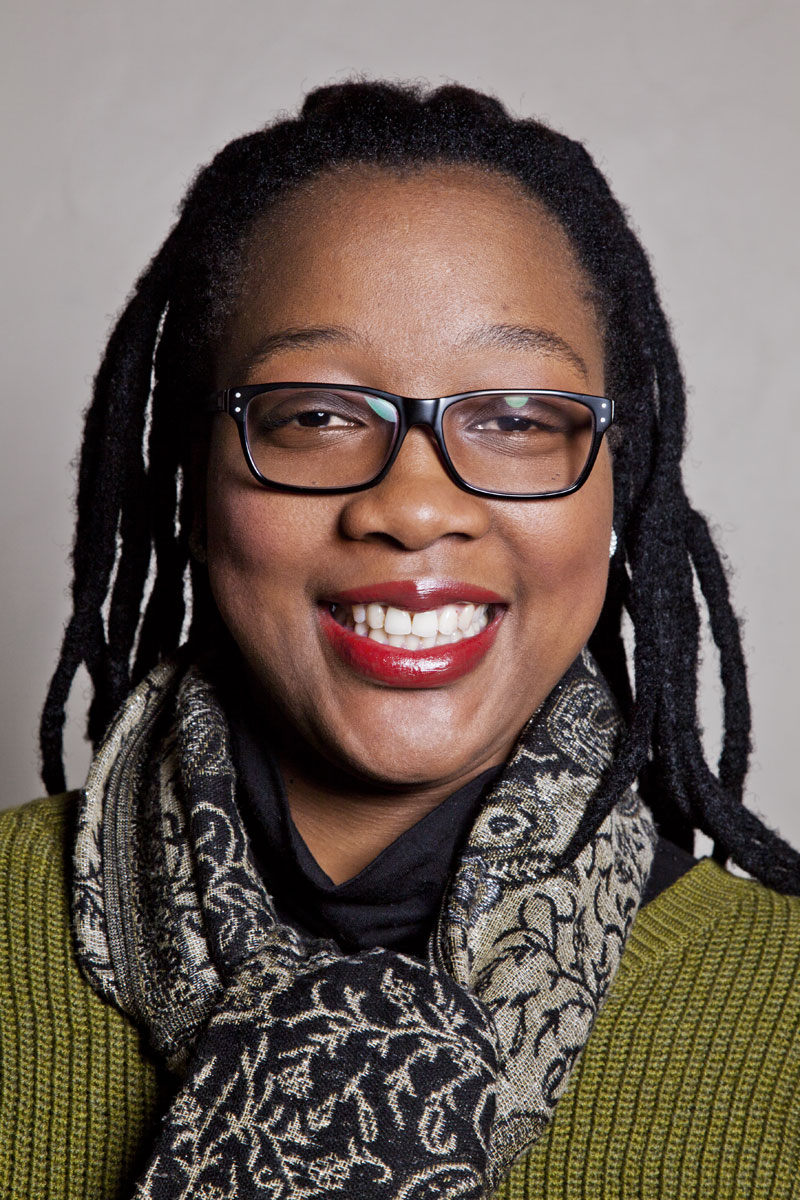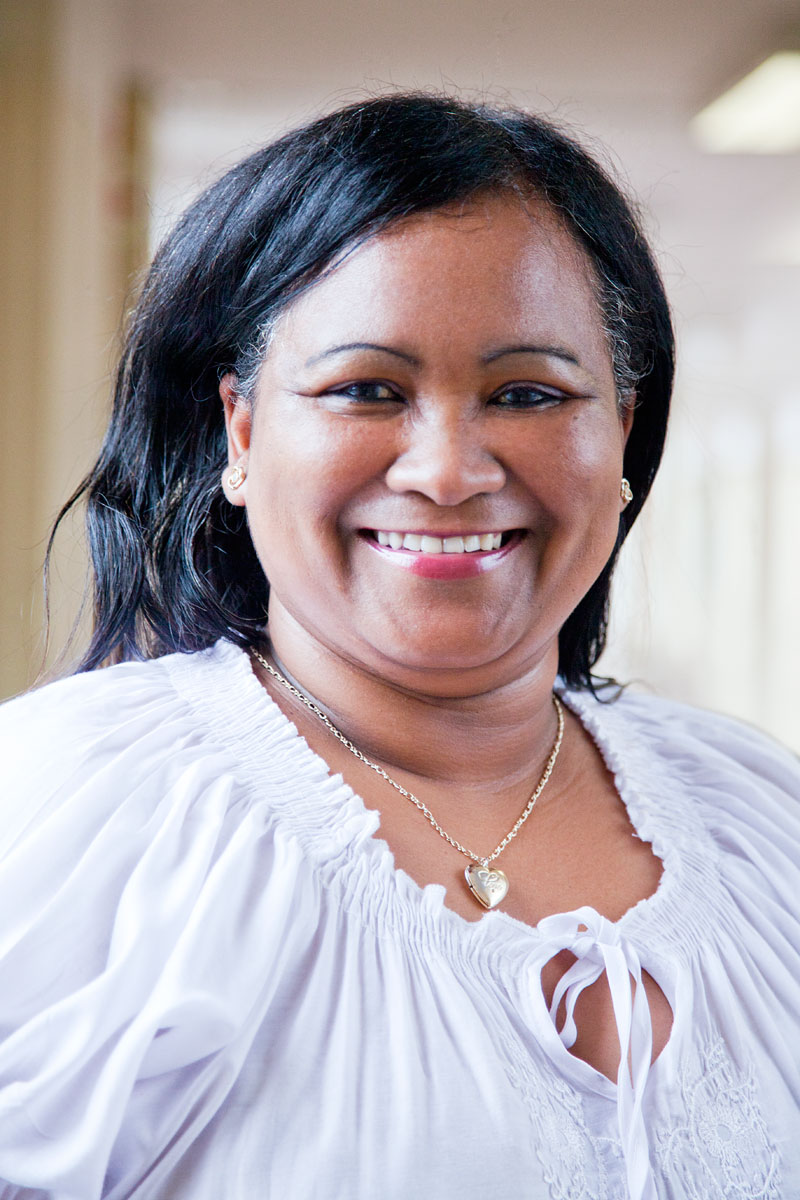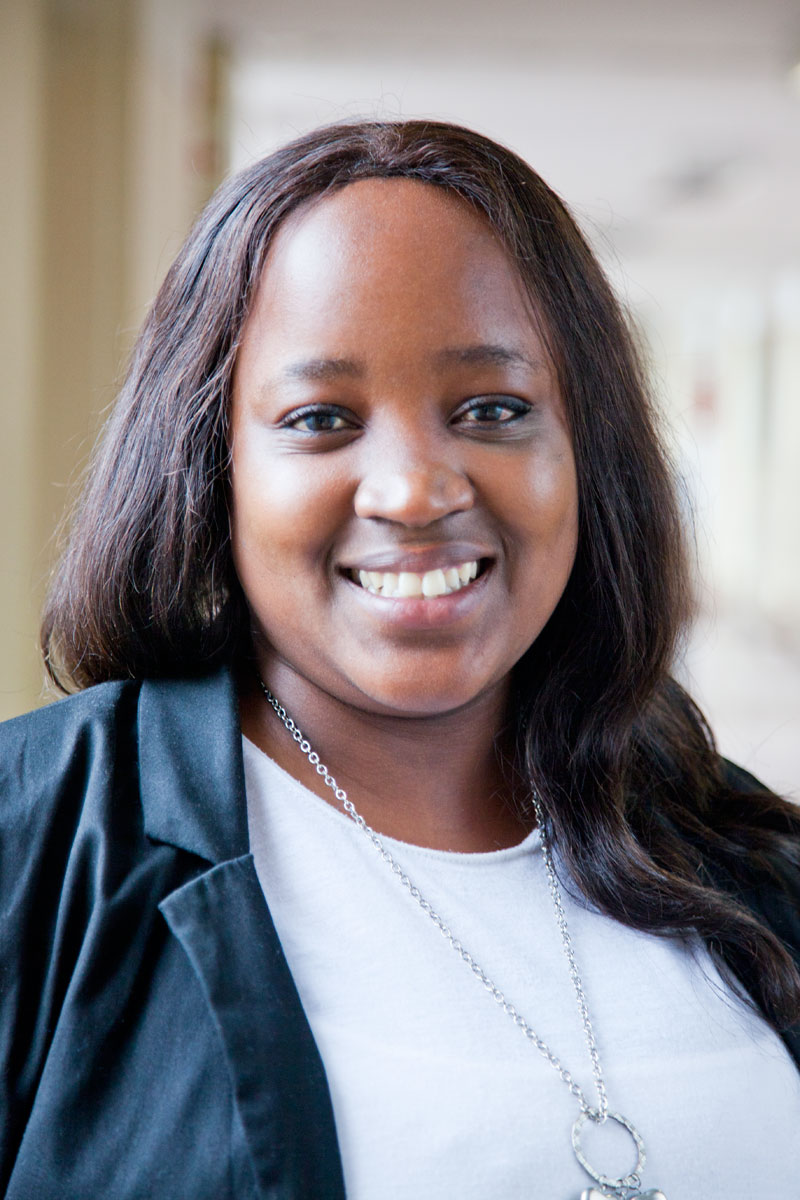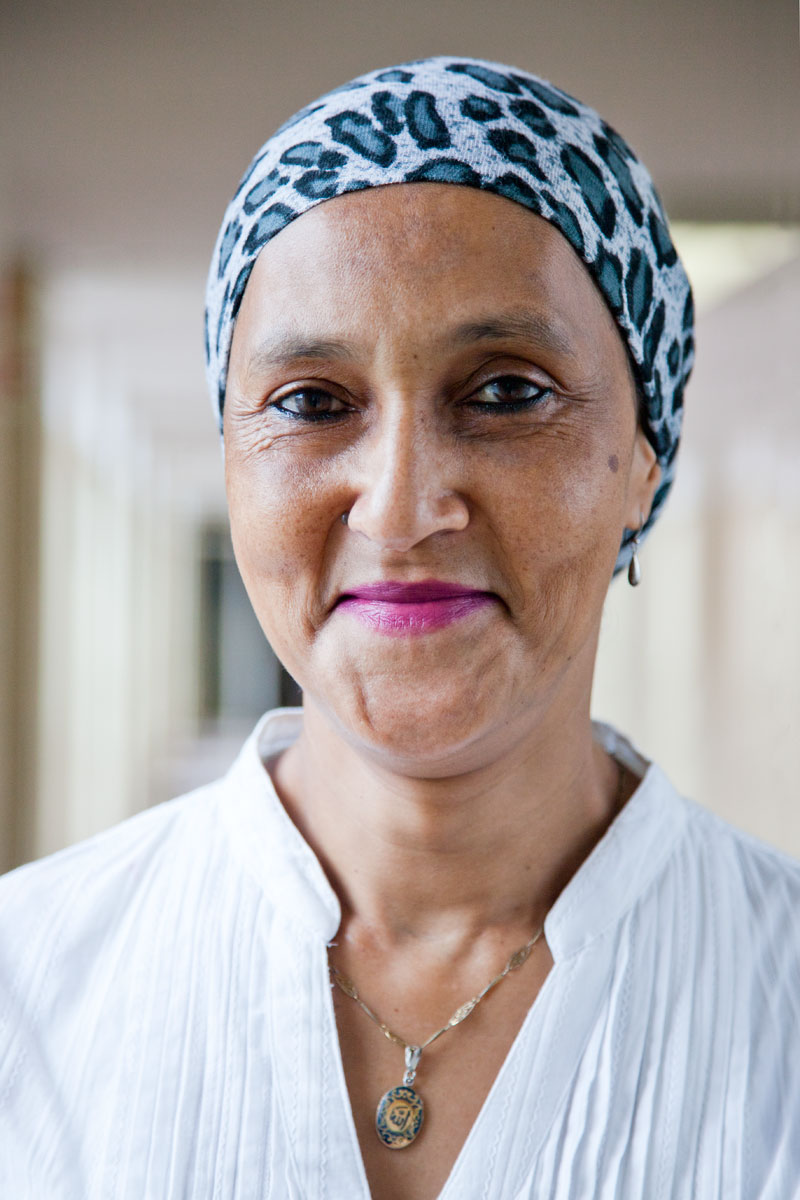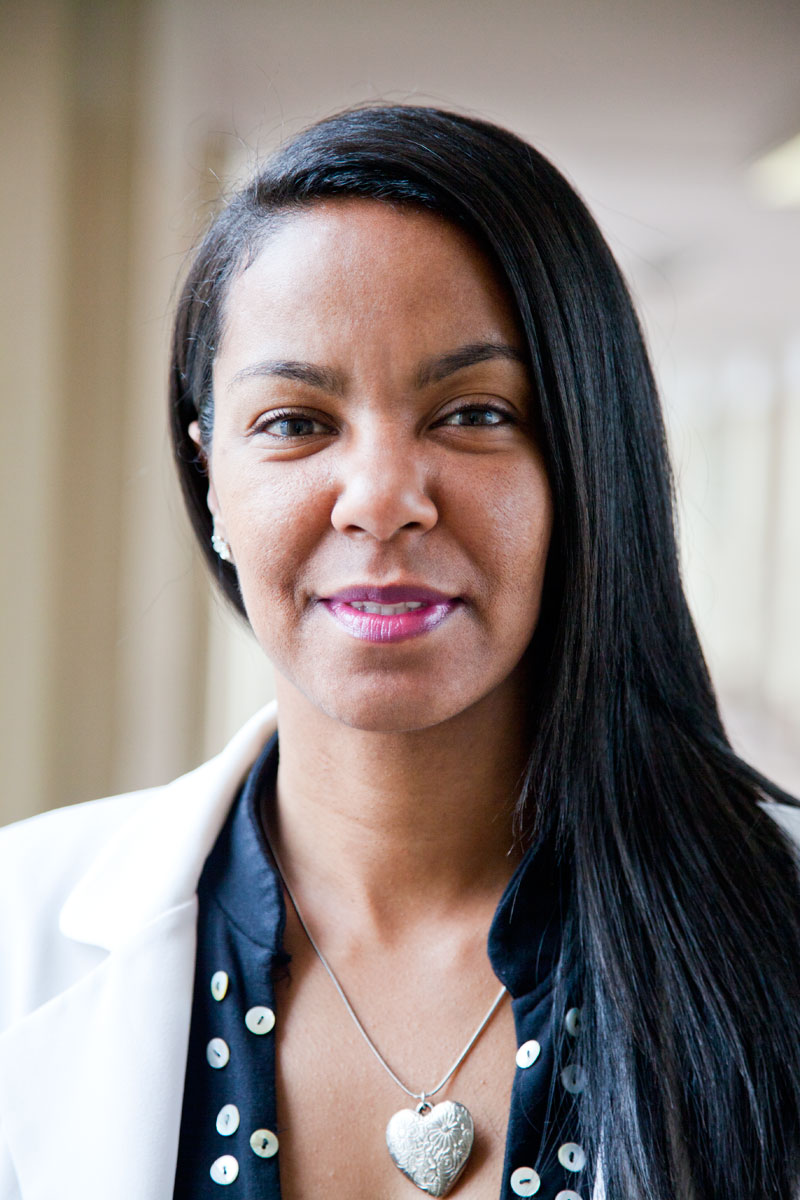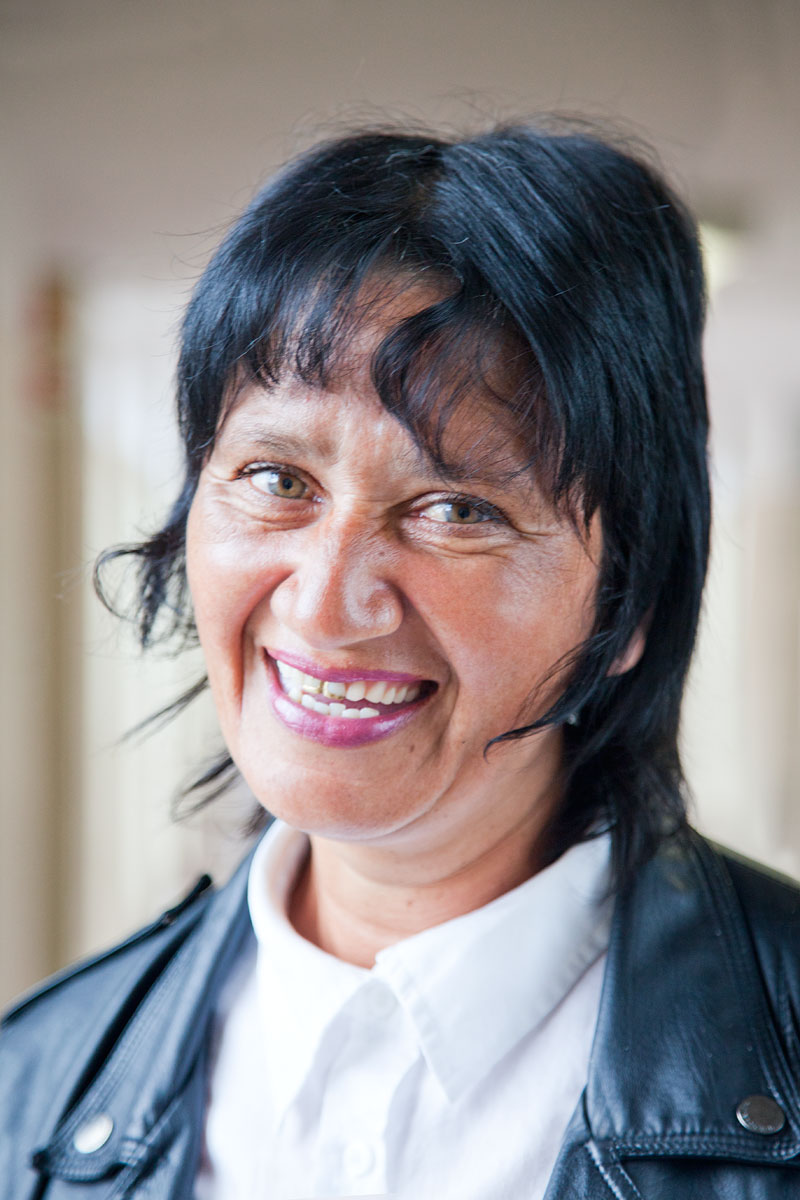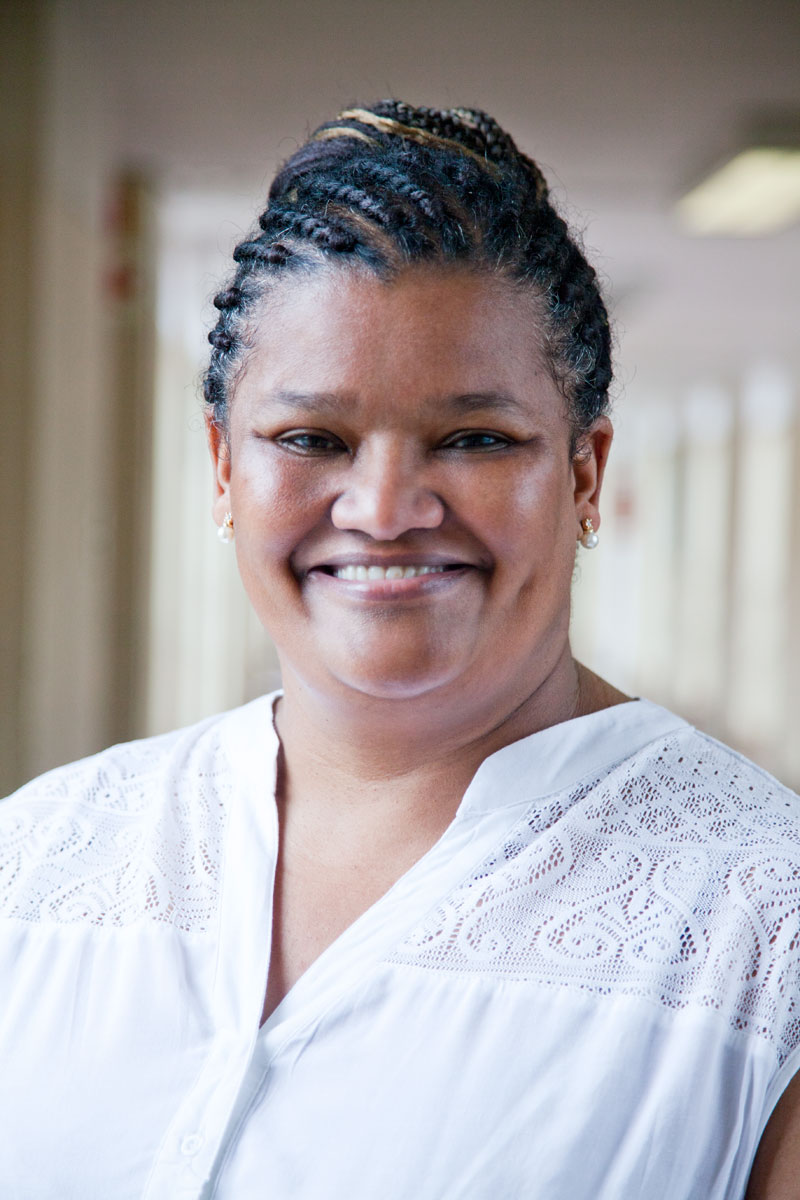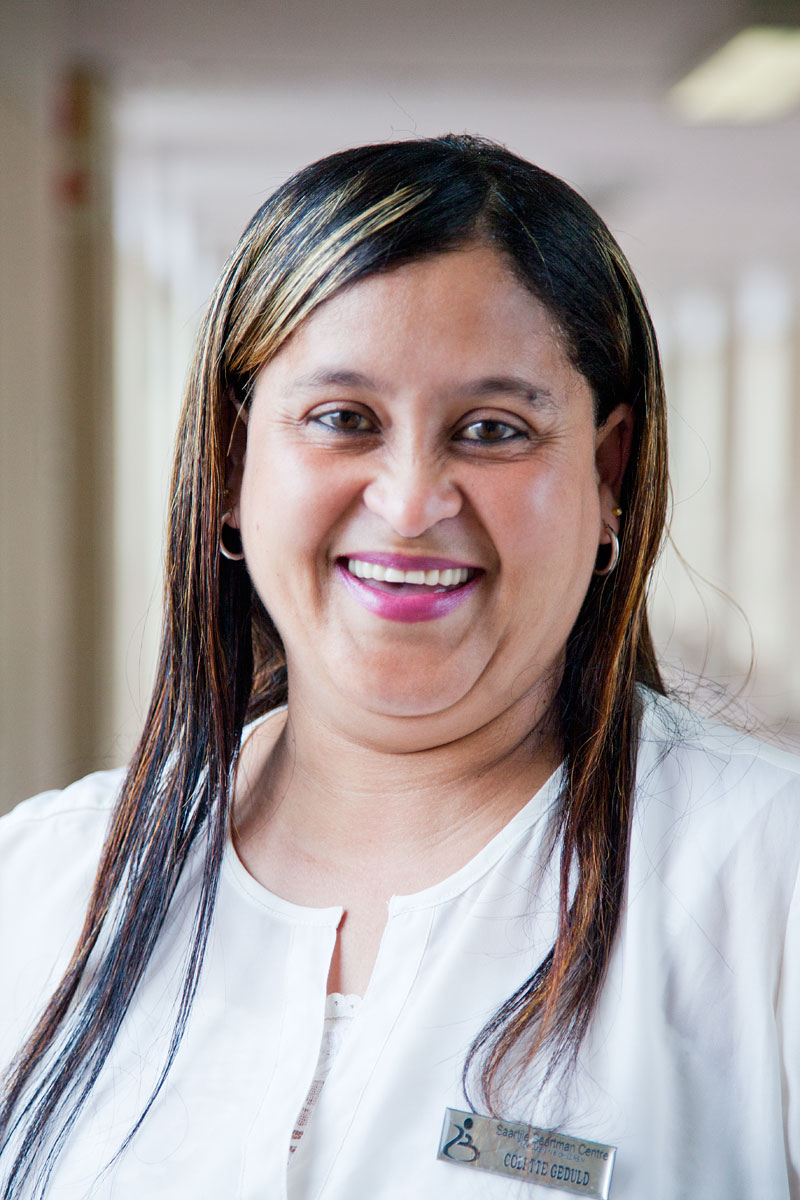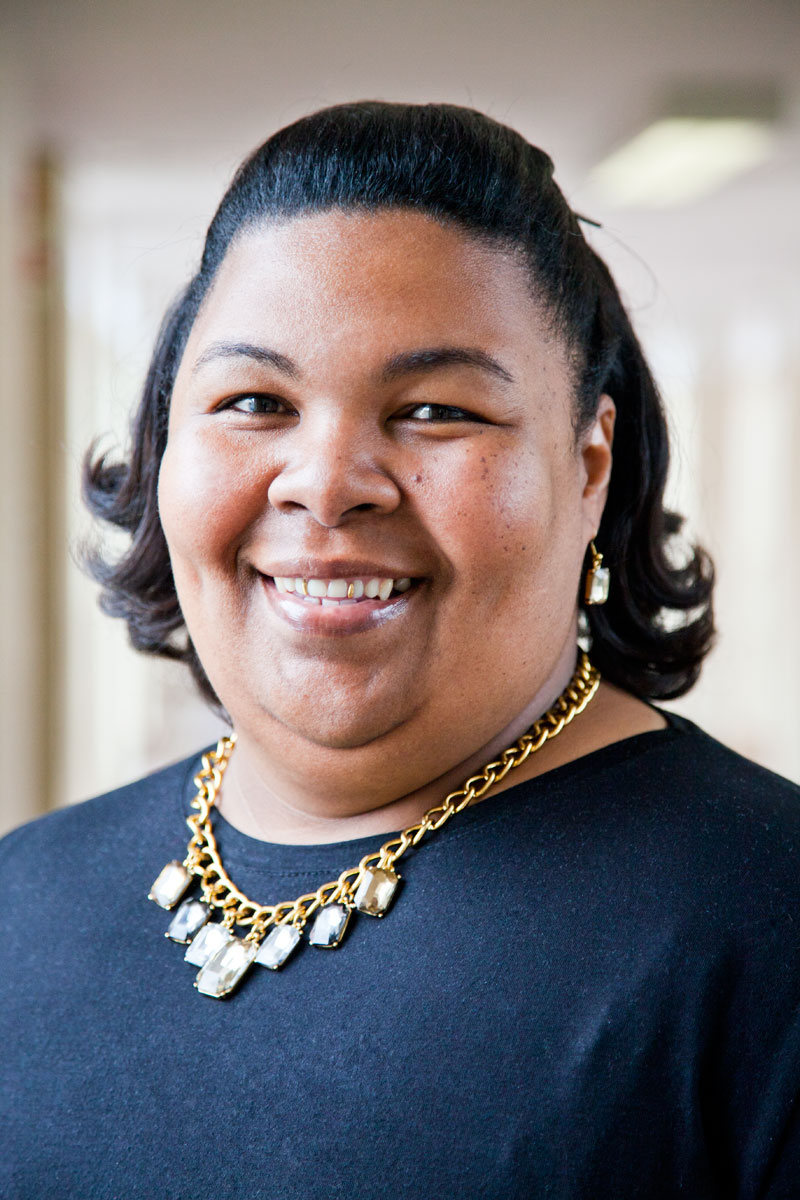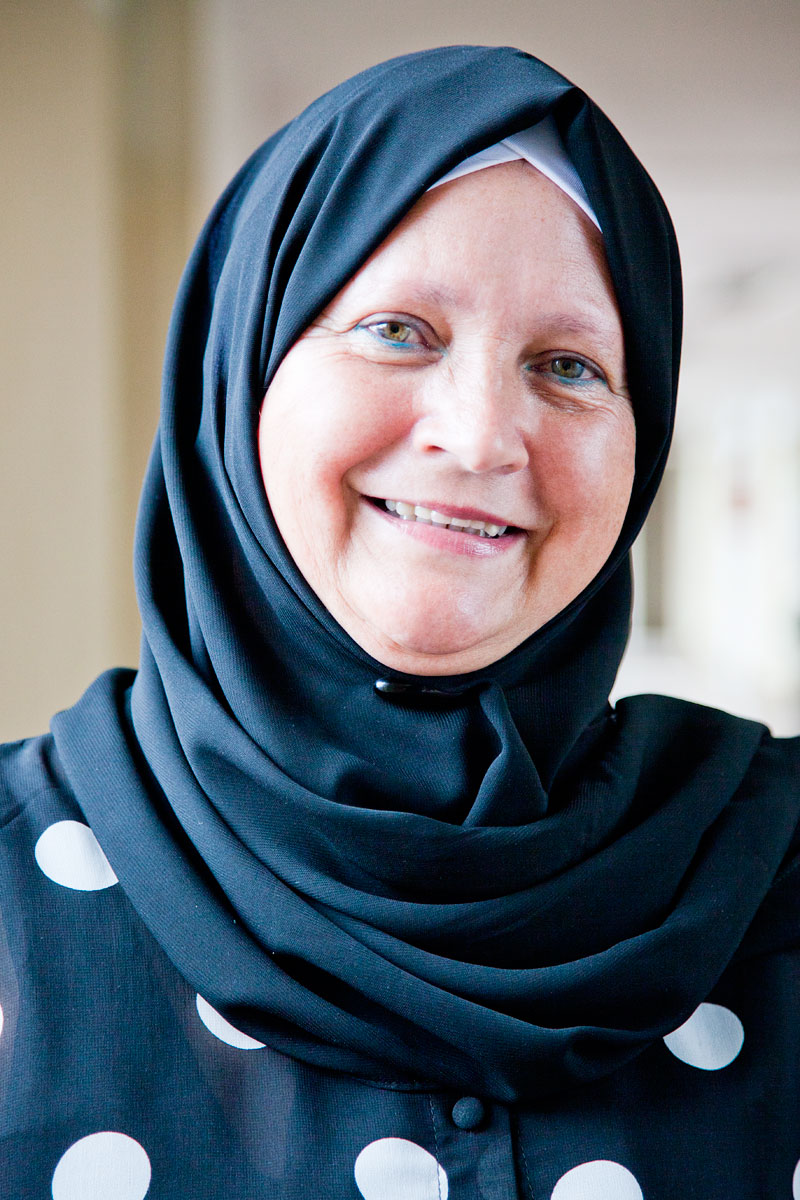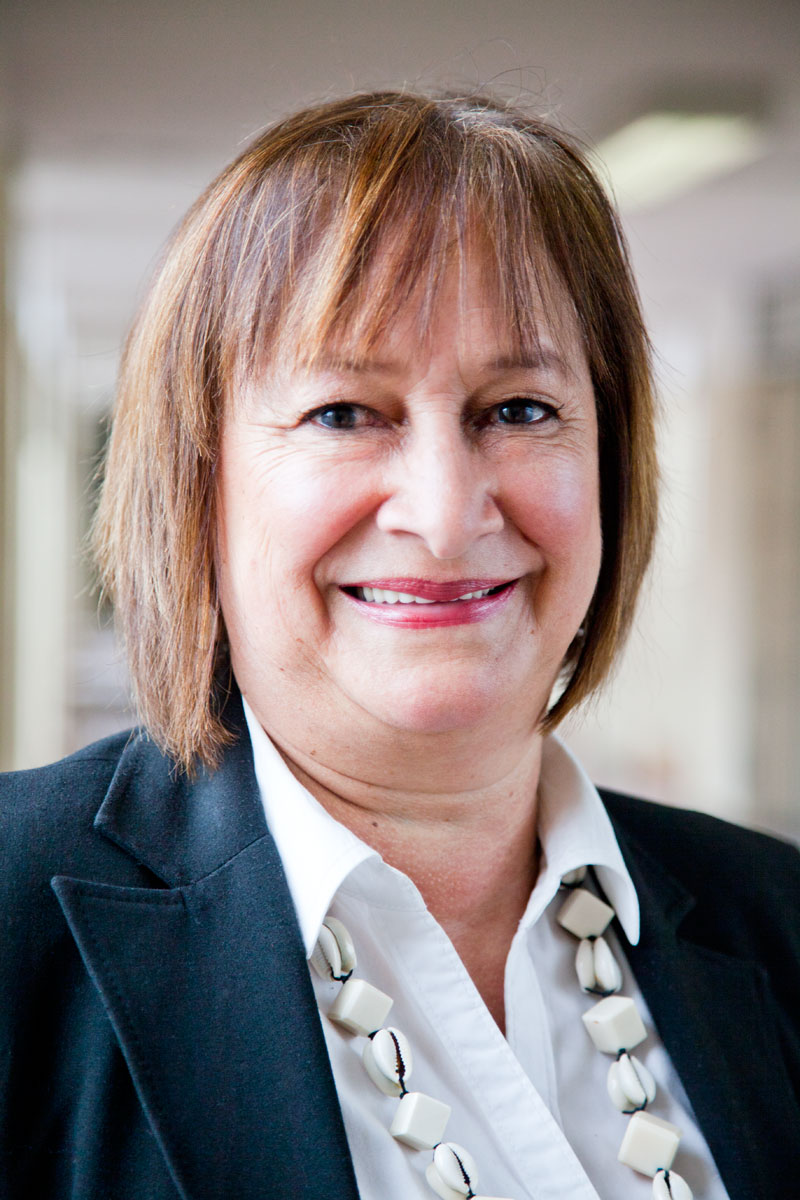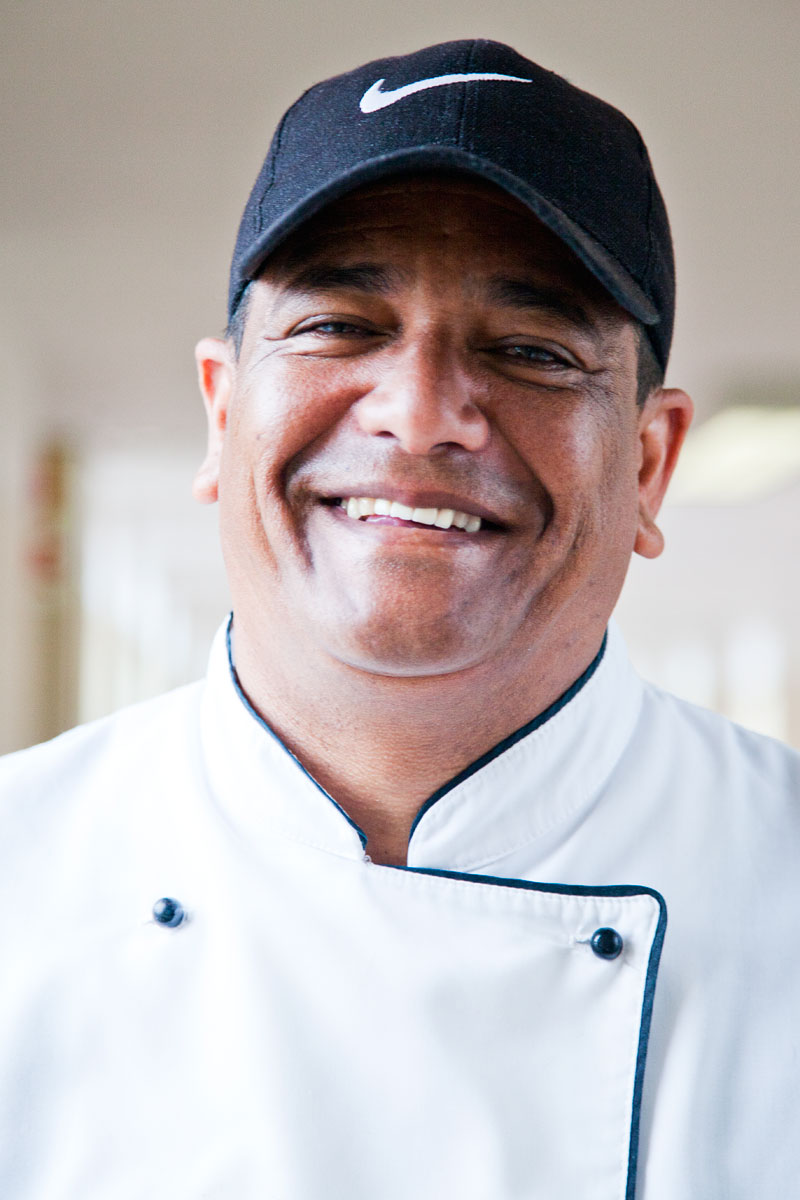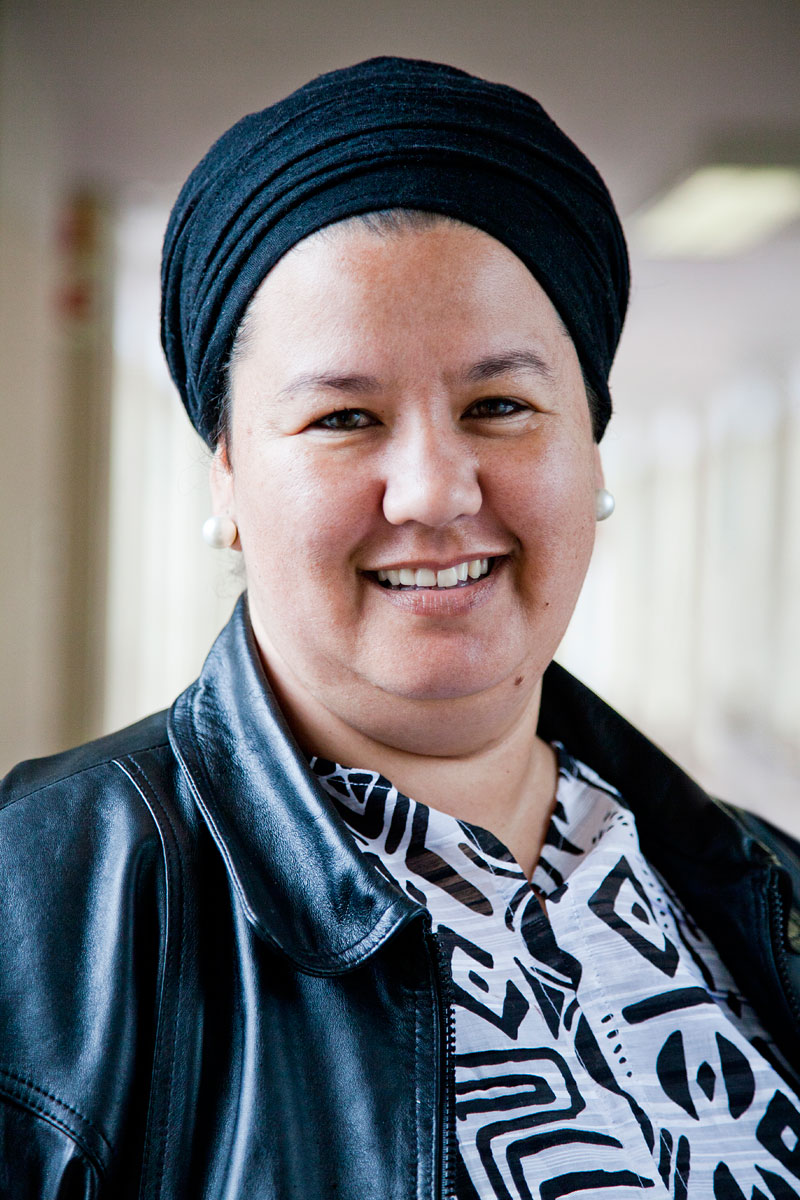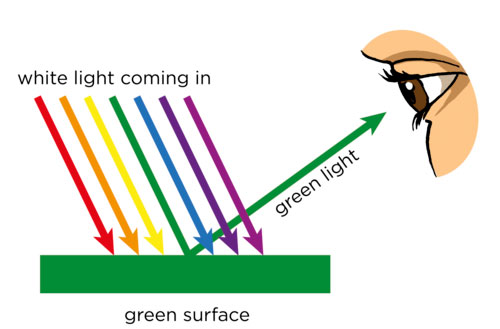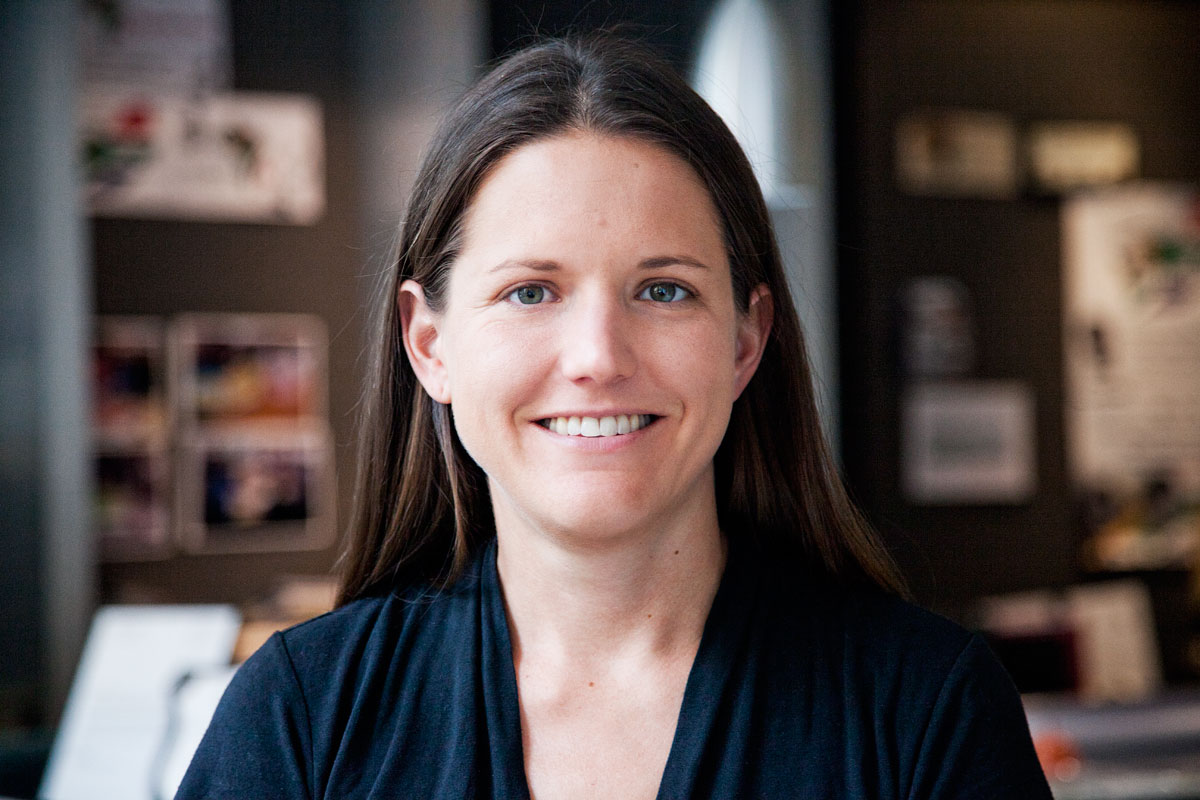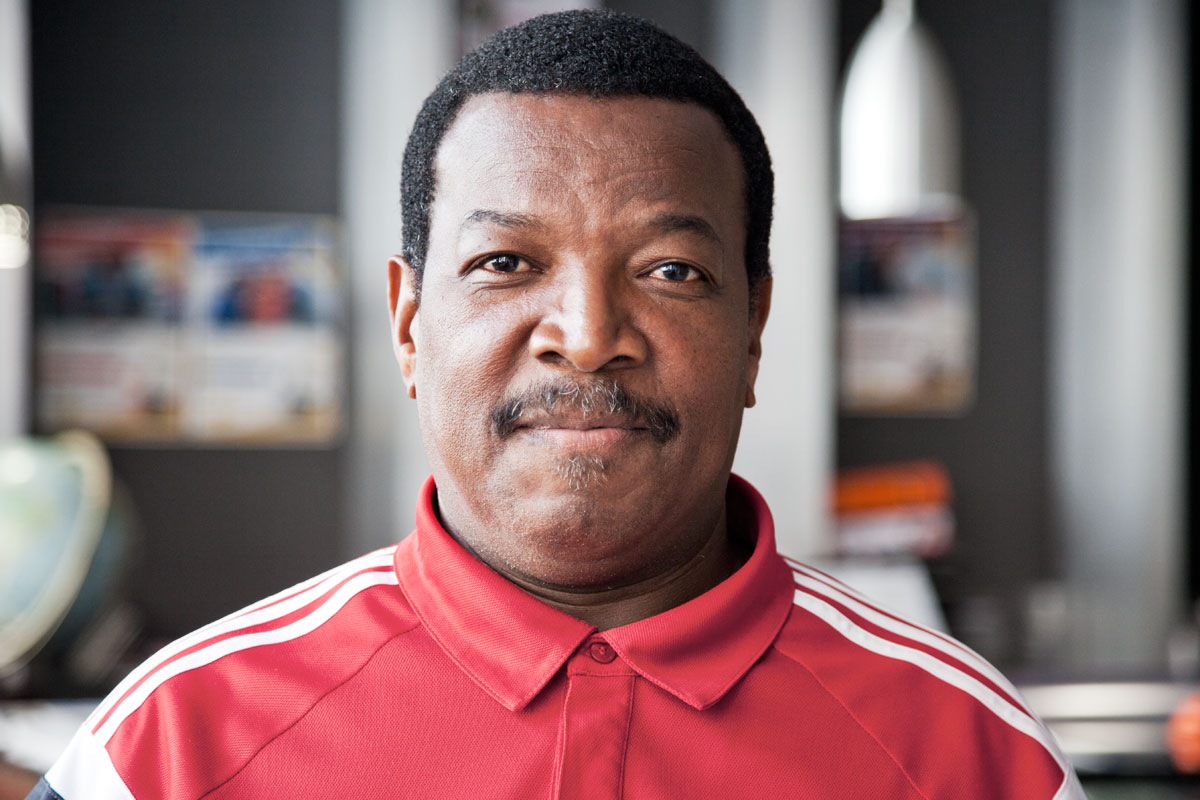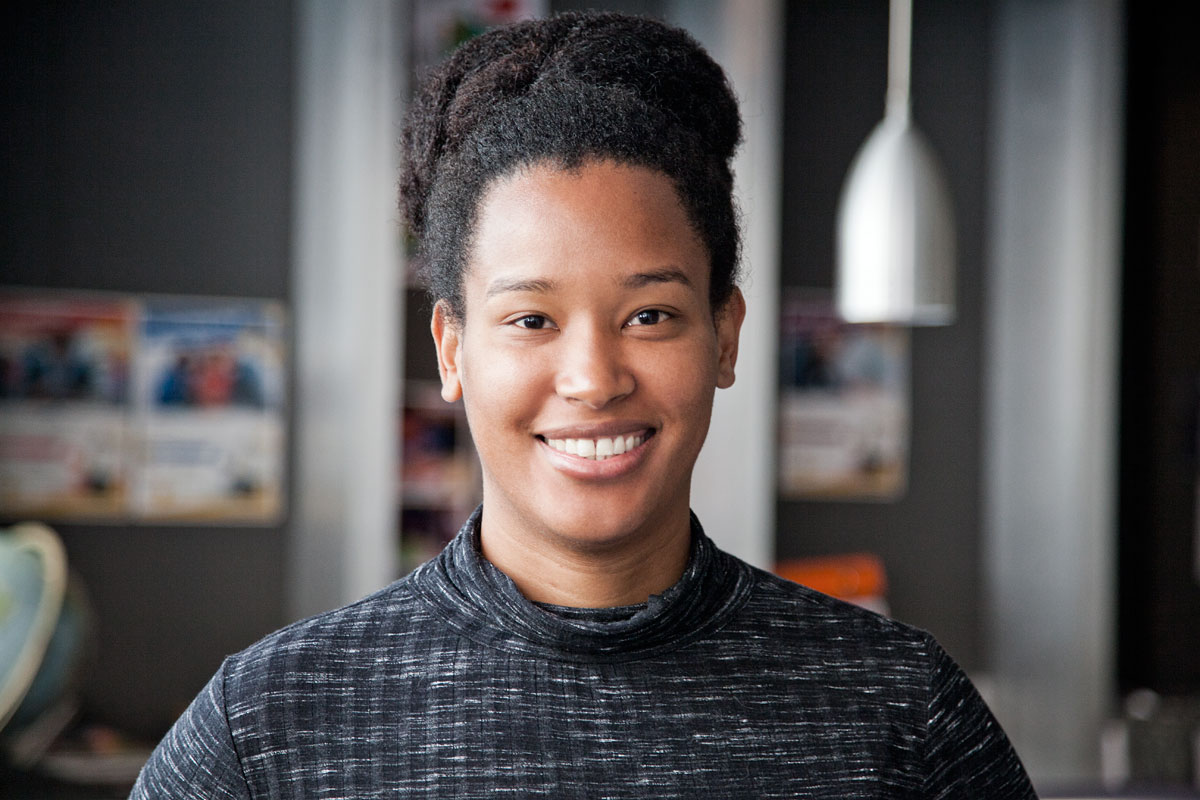I've been asked many times how I decide on the charities I choose to offer my services. Some arrive at my doorstep, some I've heard about and sometime I ask friends and people that I meet which charity is close to their hearts. This one is for a good friend Pieter Basson, who's asked me a couple of times to work with the Haven Shelter in Cape Town.
Hassan Khan Chief Executive Officer
I met with the managing director Hassan Khan and his assistant Waheeda. Hassan took the time to explain their concept, aim and mission which is truly exciting! We decided to initiate a campaign that Hassan been wanting to do for a couple of years already. 'Spot the homeless'. The idea is to create a campaign of awareness. Where people can identify, relate and realize how close to home this could be. Anyone can be homeless, it takes one bad decision, one wrong move. So I started to project of capturing the entire Haven community, from the Board members, the staff, residents as well as visiting the old age home.
The Haven believes that no one should be living on our streets. There comes a stage in the downward path of certain human beings at which point, they literally can no longer help themselves. At that point someone has to step in and give them a lift; that is what THE HAVEN tries to do.
- The Haven Night Shelters
Donovan Murphy - Client
The aim is to create opportunities for adults living on the streets that are committed to reintegration, by supplying temporary shelter, physical care, rehabilitation opportunities and social welfare services. Alongside this they try to reduce the opportunities to continue life on the streets by also promoting community awareness and encourage the public to alleviate the social problems that arise.
Sheila Jacobs - Manager
Fieldworkers hit the streets to encourage people to get of the streets and go back home. Sometimes the process of getting them back to their loved ones are not that easy and this is where a shelter like the Haven steps in, by actively trying to find the person’s family by any means possible and when the integration is not wanted by either party, closely working with a social worker to start the process.
Angelique Coakley - Client
Benedict Alexander - Board Member
Now the Haven is also very aware that giving beds and food to all the homeless in the Western Cape is an impossible task. Also the plan is to empower these people the they can get off the streets, out of a shelter and back on their own feet again. When a homeless person arrives at the shelter, he/she is a guest. They are welcome to stay and eat and make up their minds about the shelter in 5 days. After that, decisions have to be made. If they wish to stay at the Haven they have to start working for their bed and start with a social program.
Antoinette Meiring - Social Worker Supervisor
The Haven are not giving people fish but teaching them to fish. Getting homeless people to take responsibility for their own lives and taking the power back into their own hands.
Buy a Bed! The Haven Nights Shelters started a campaign where people can buy beds for homeless people who wishes to be guests at the shelter.
Or contact Hassan or Waheeda for more information on how to get involved:
+27 (21) 425 4700














